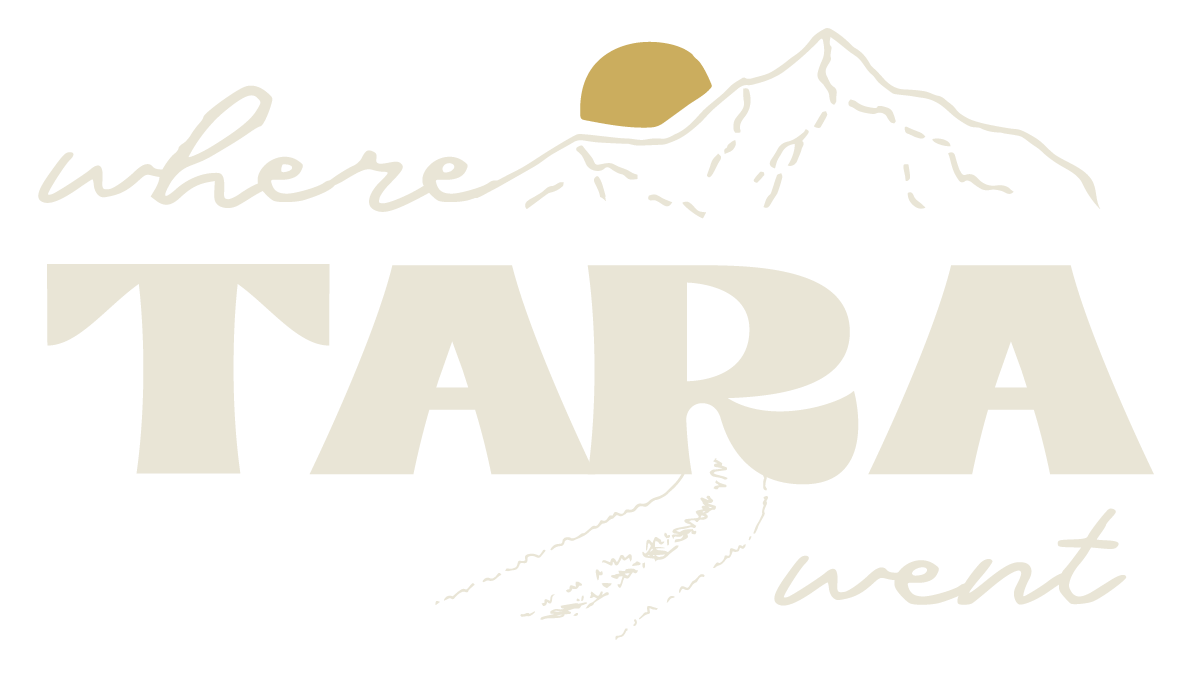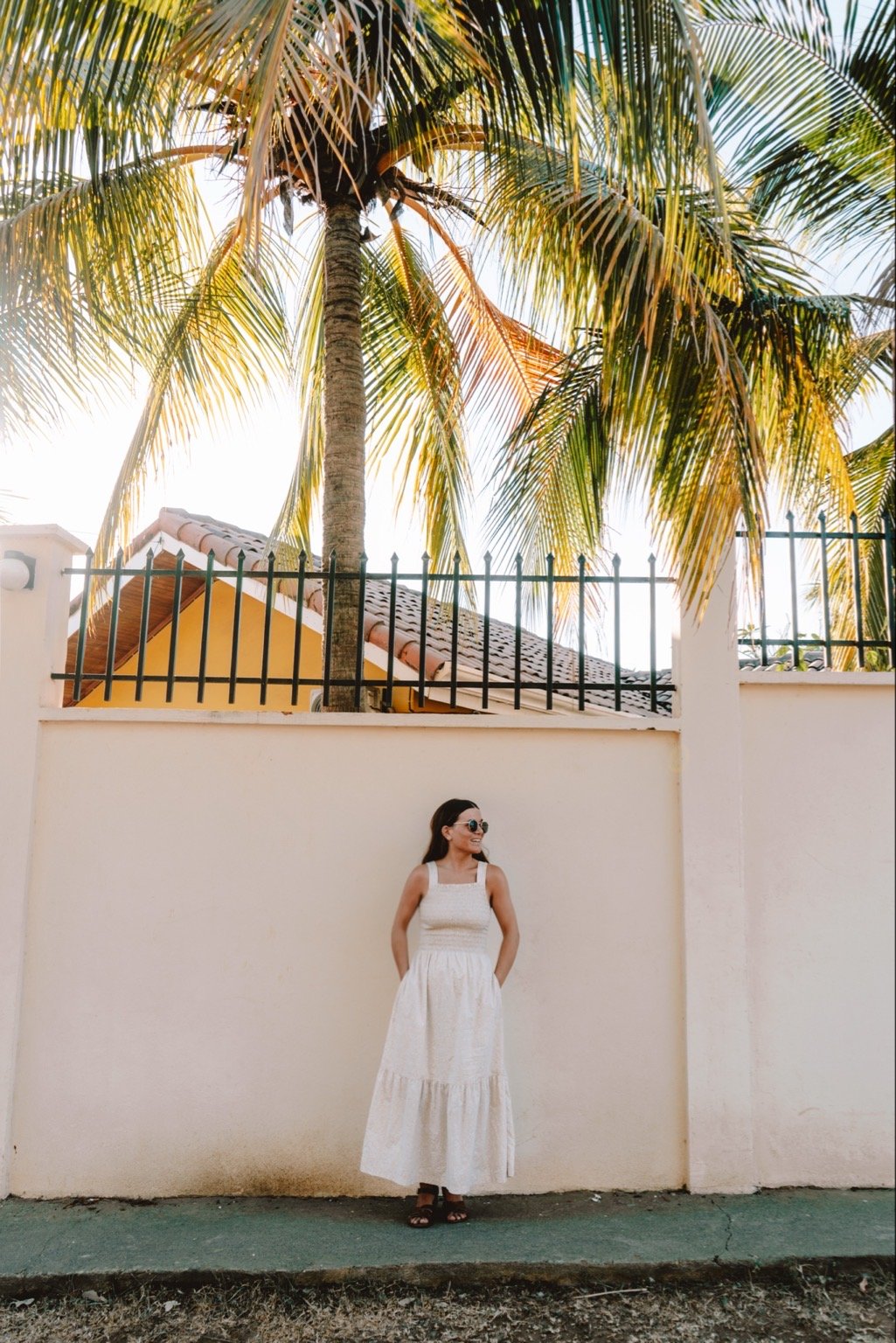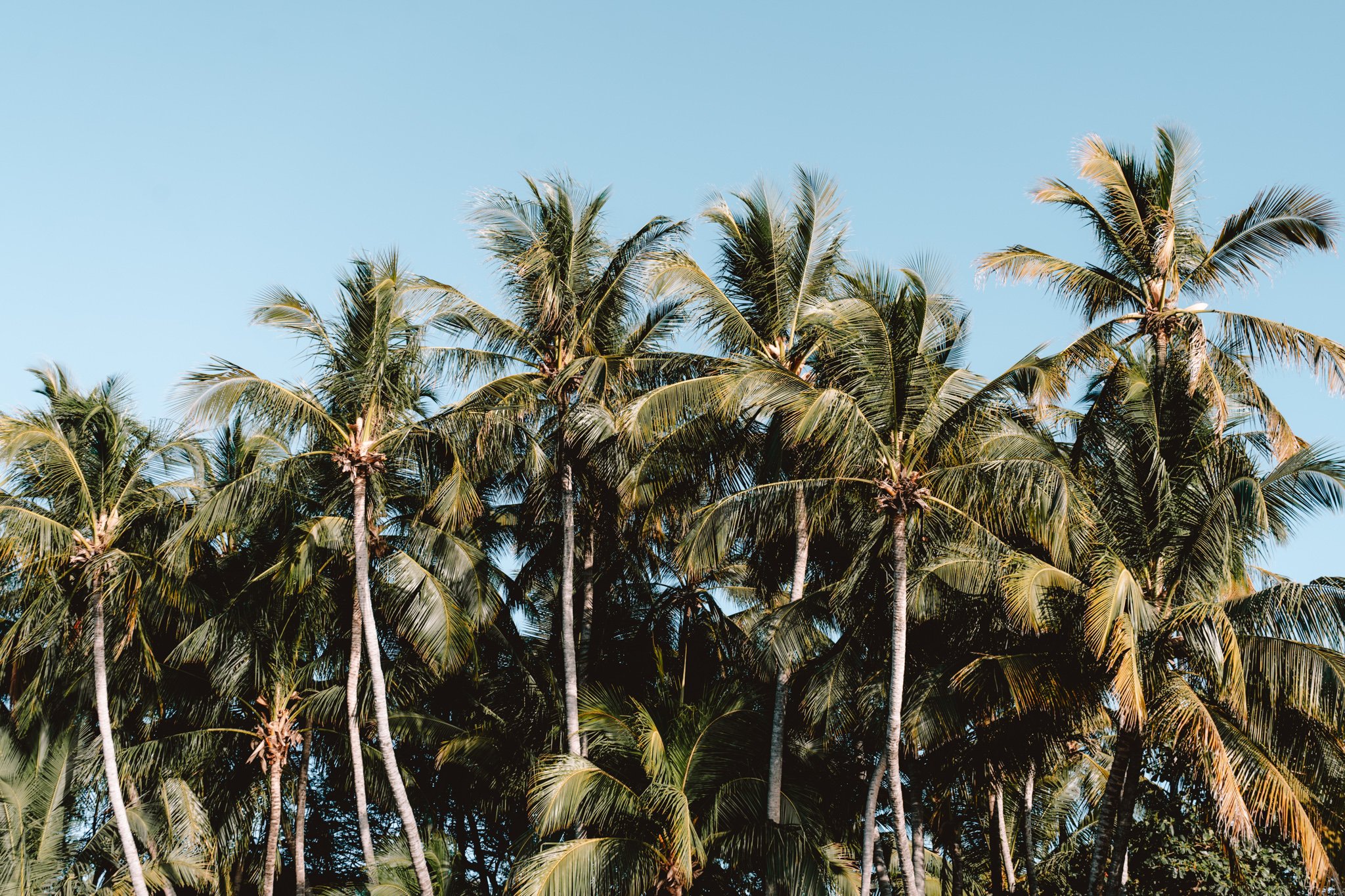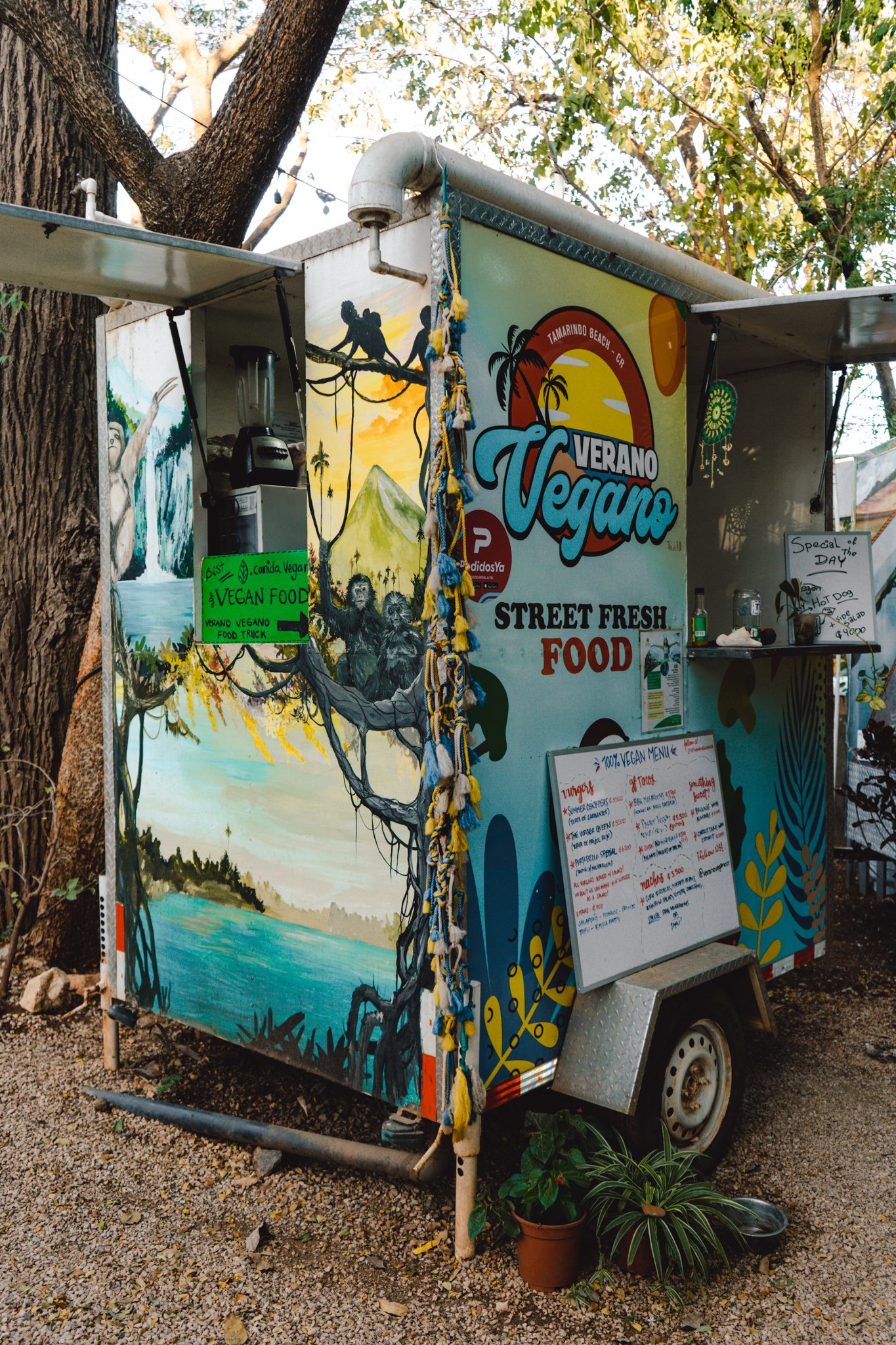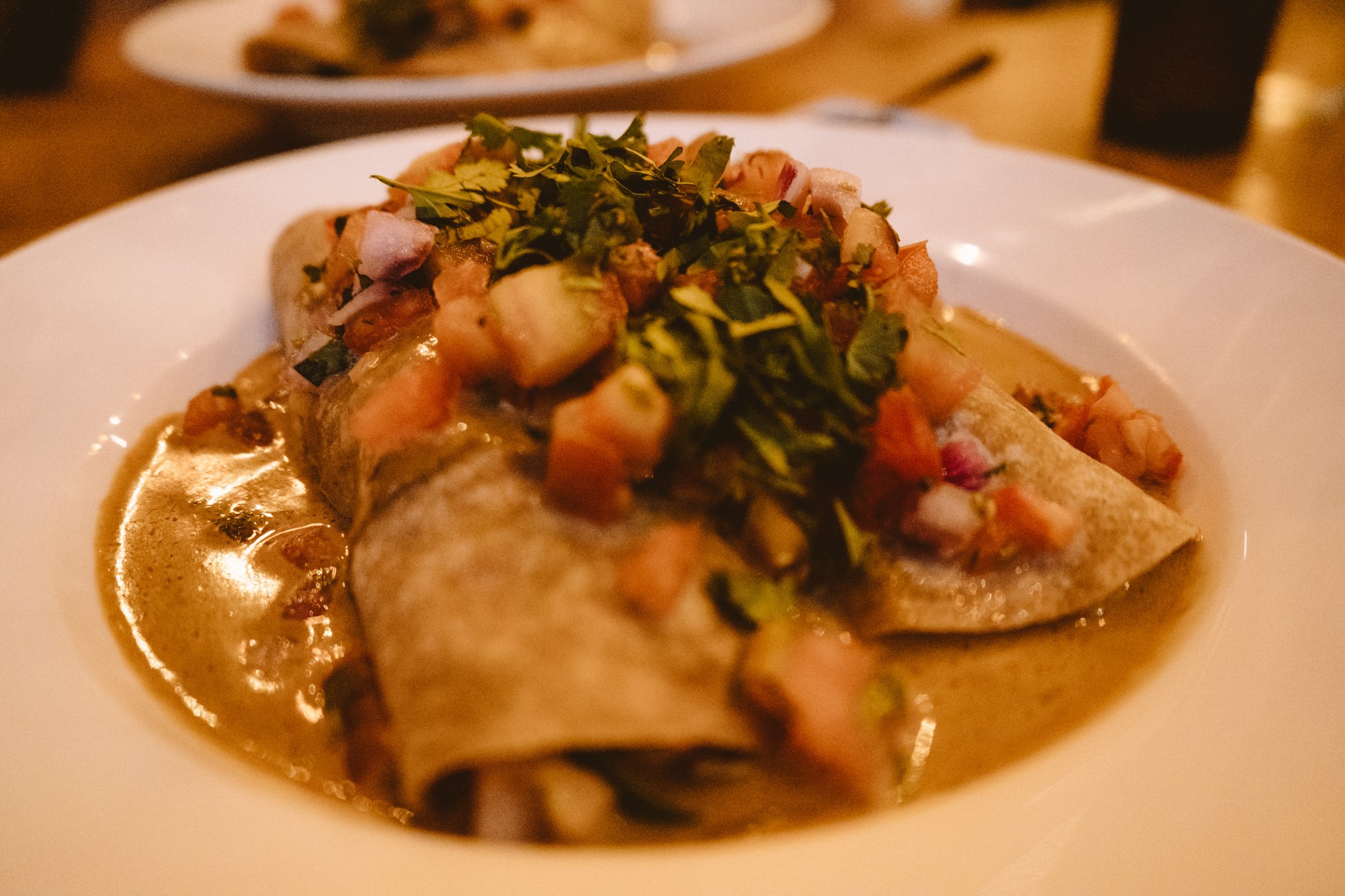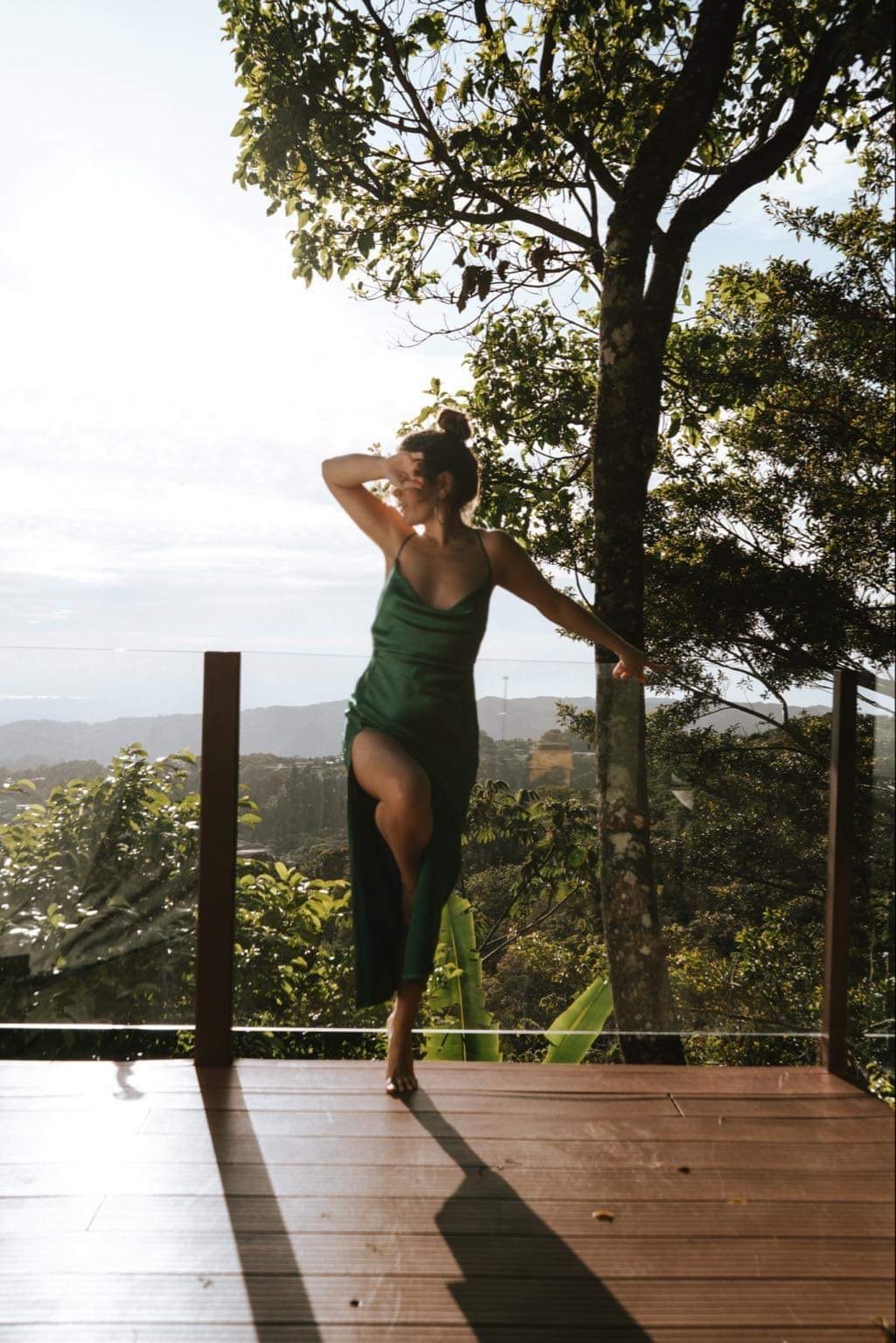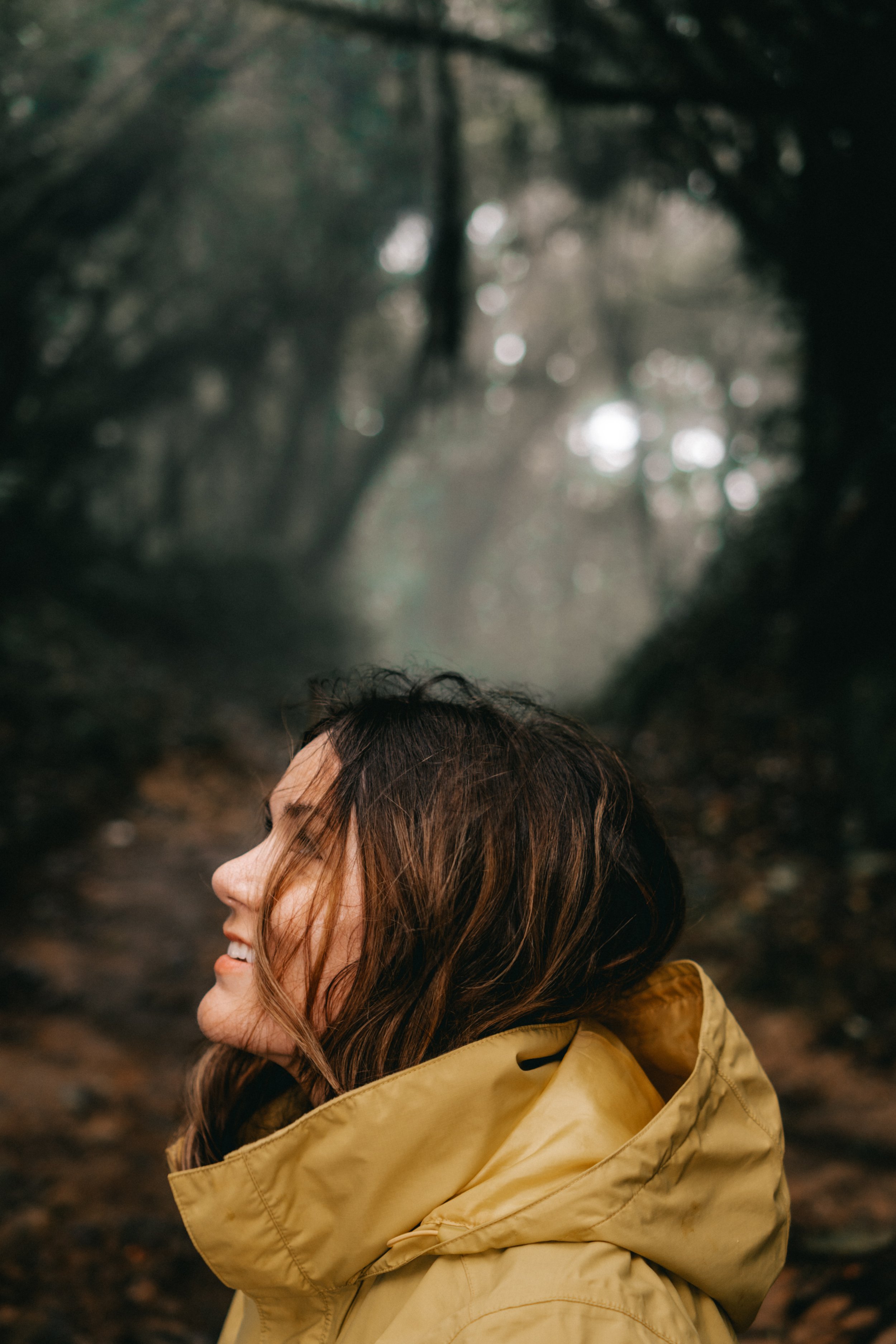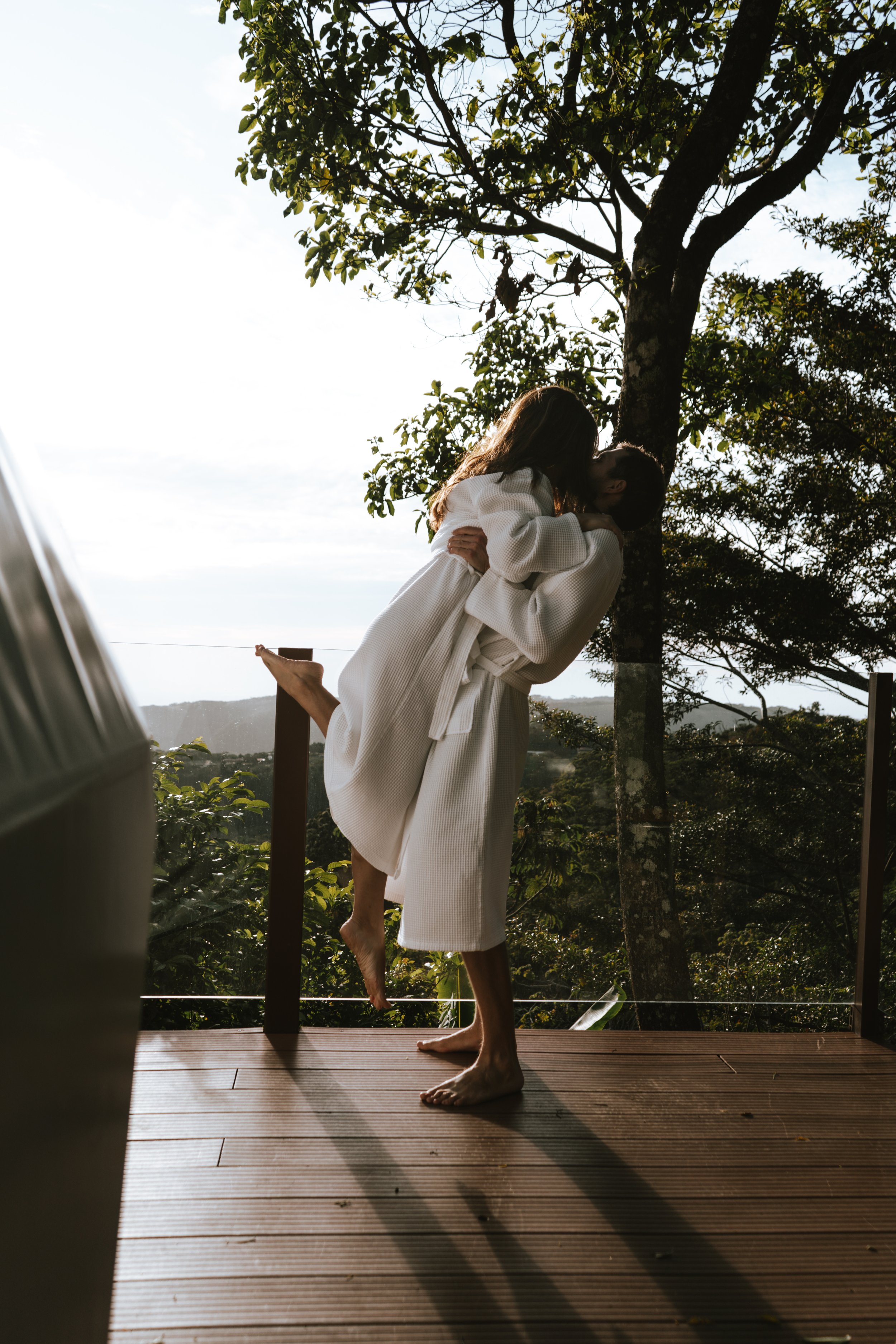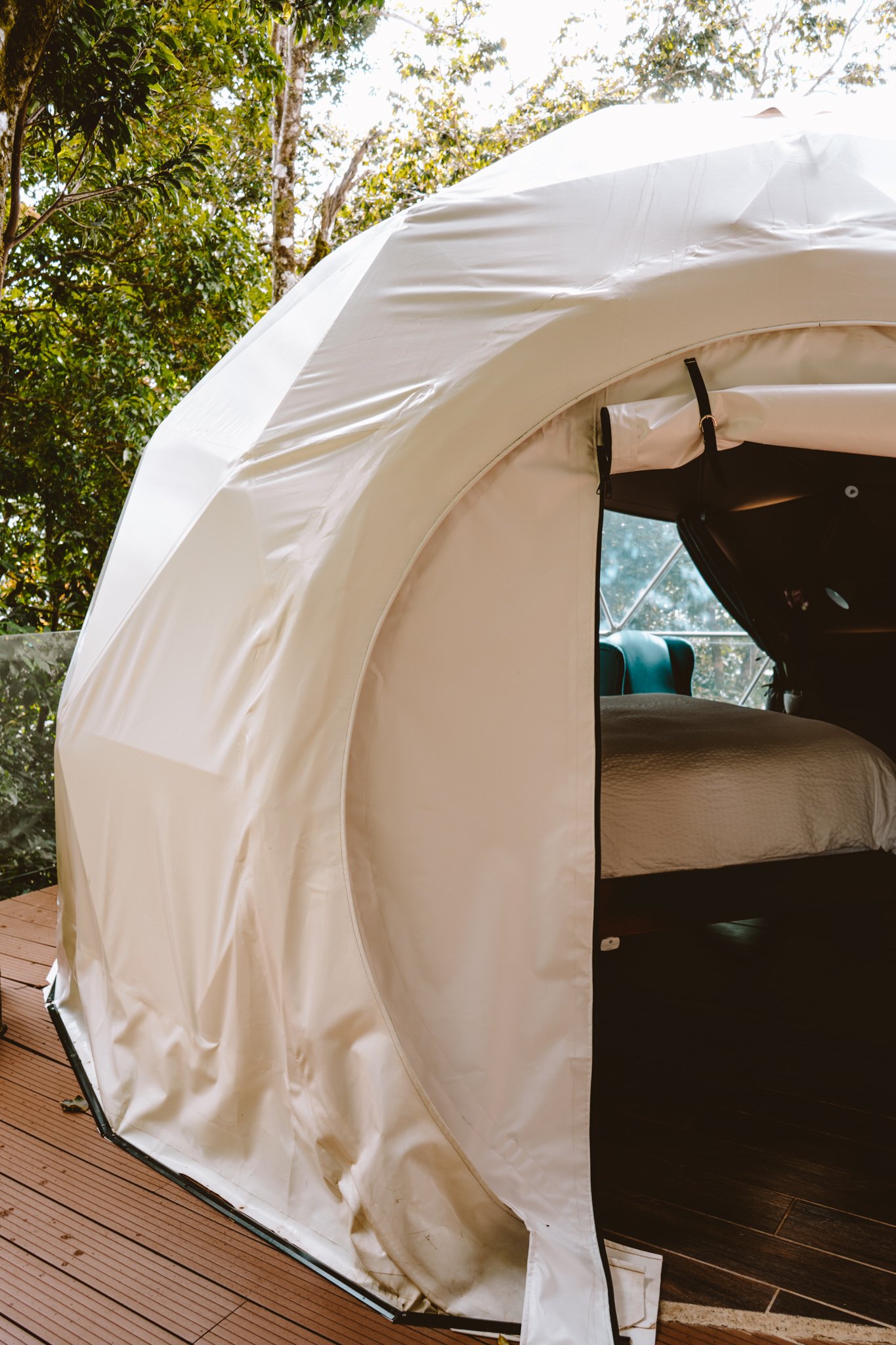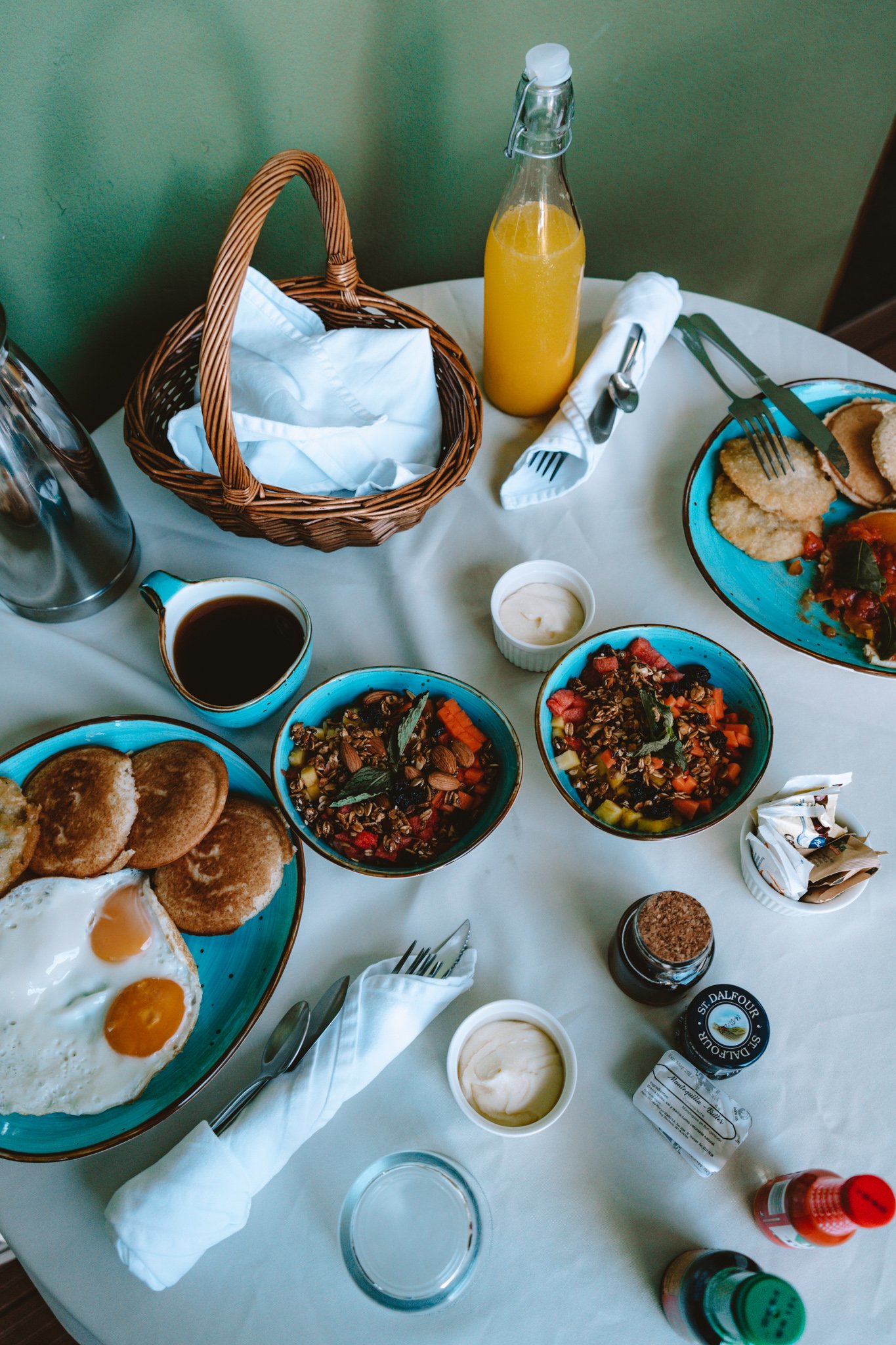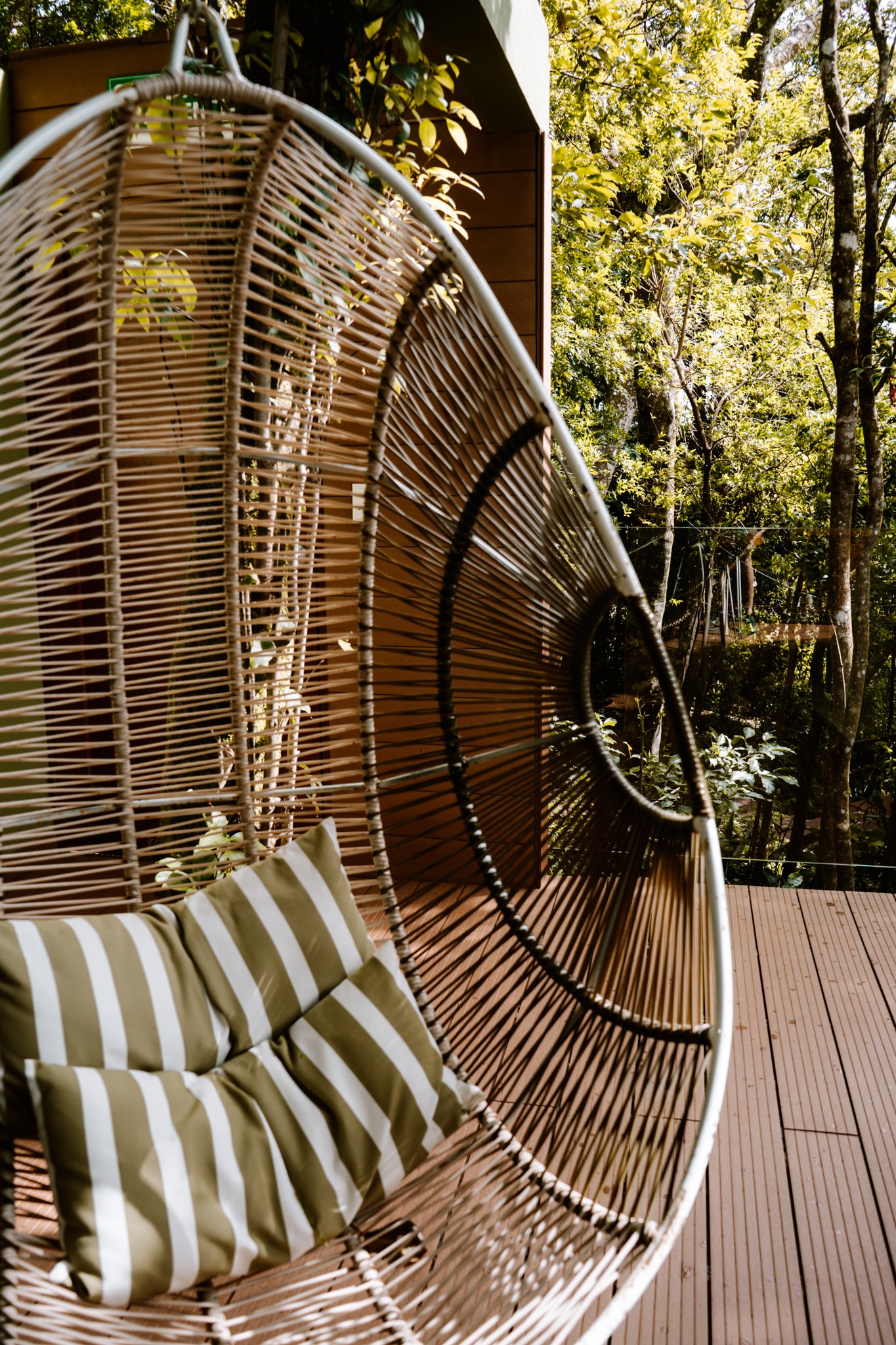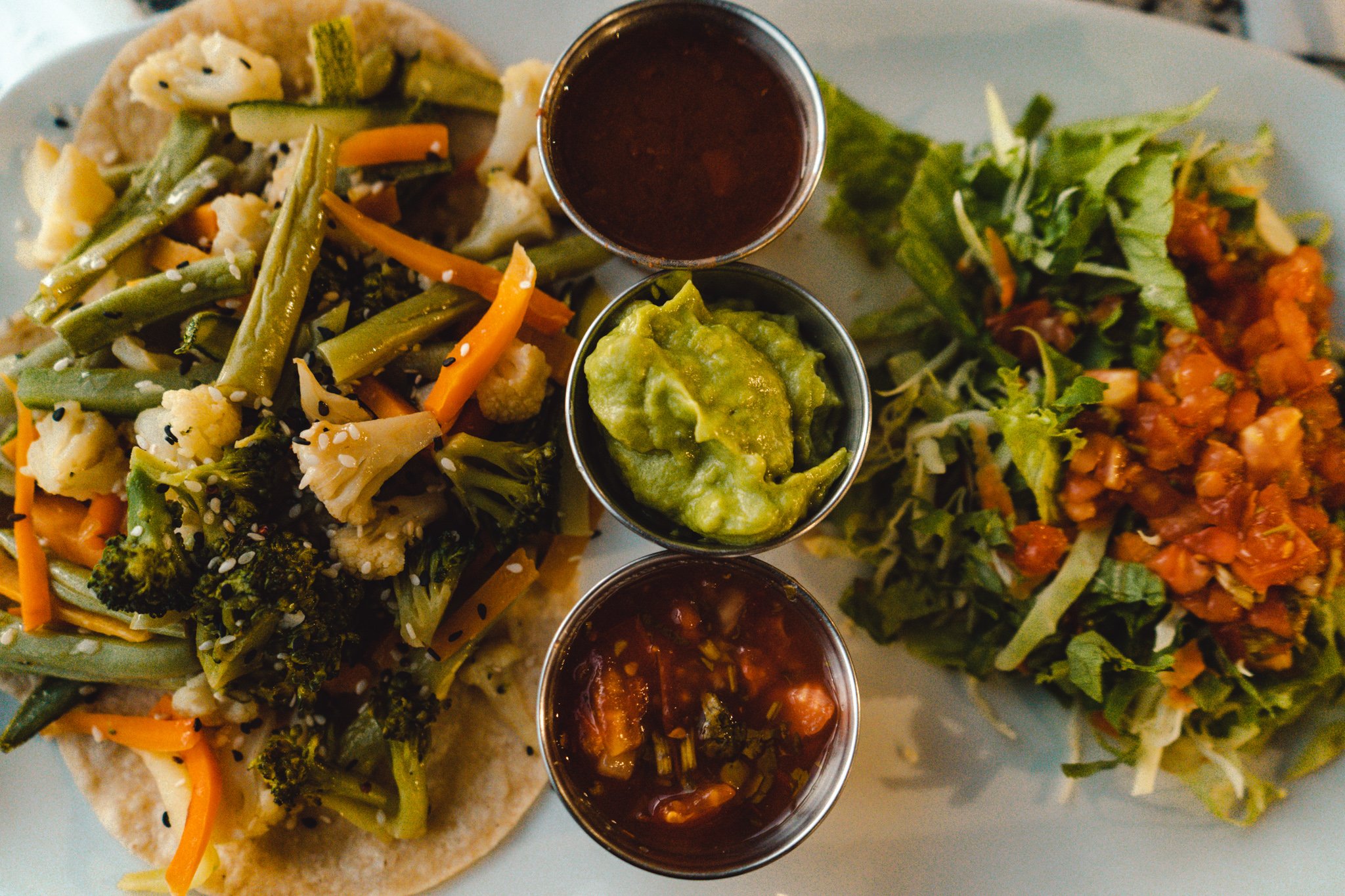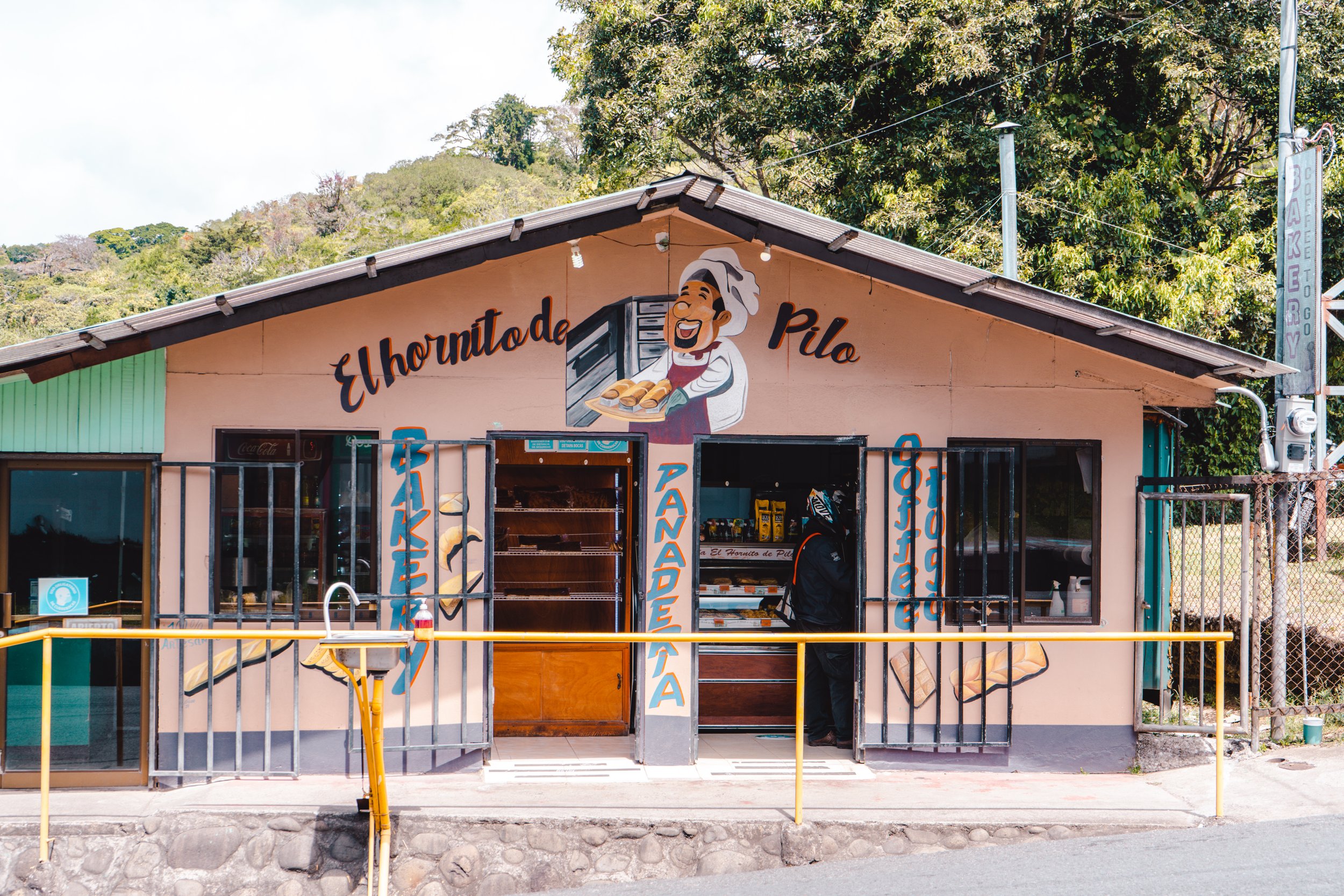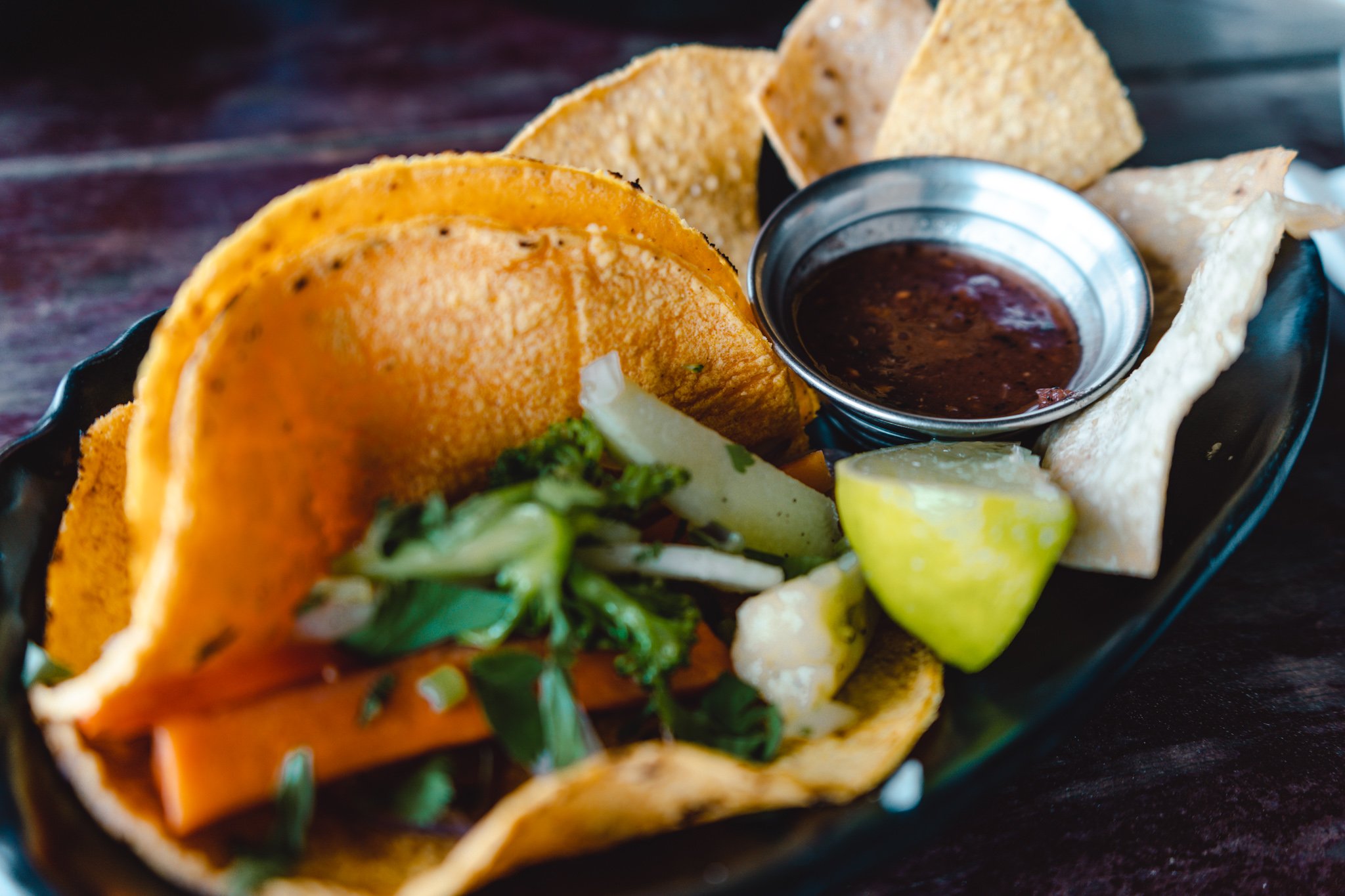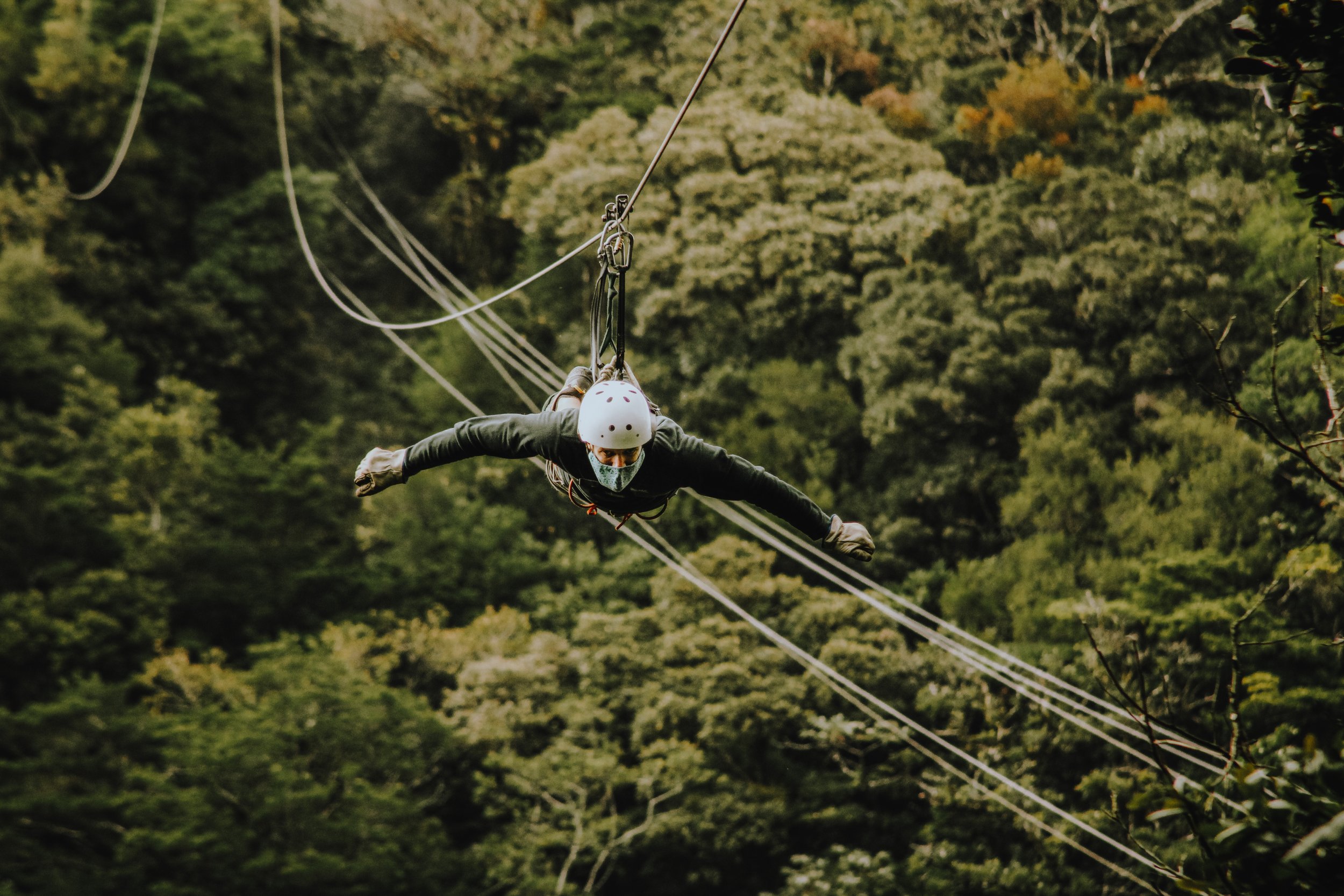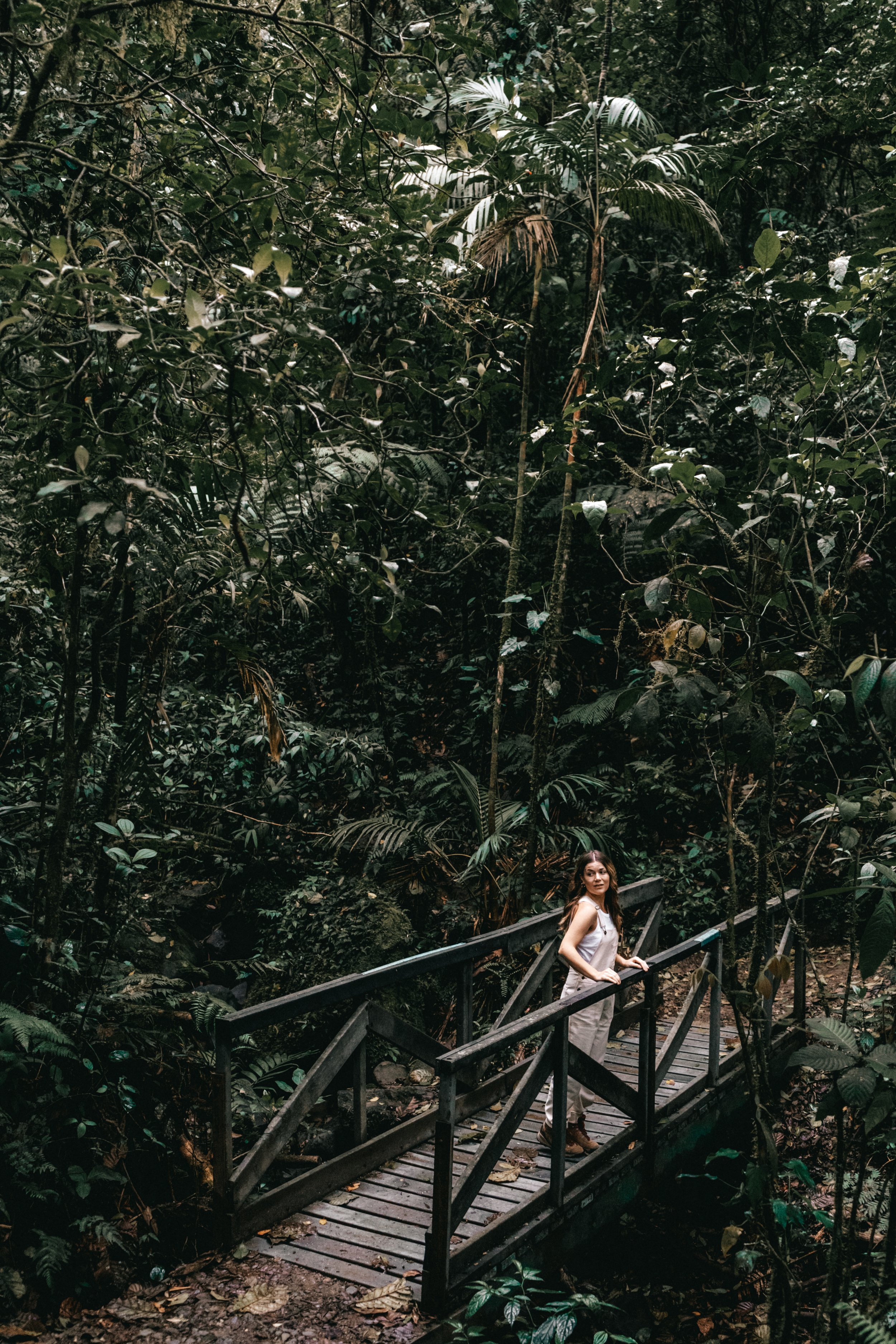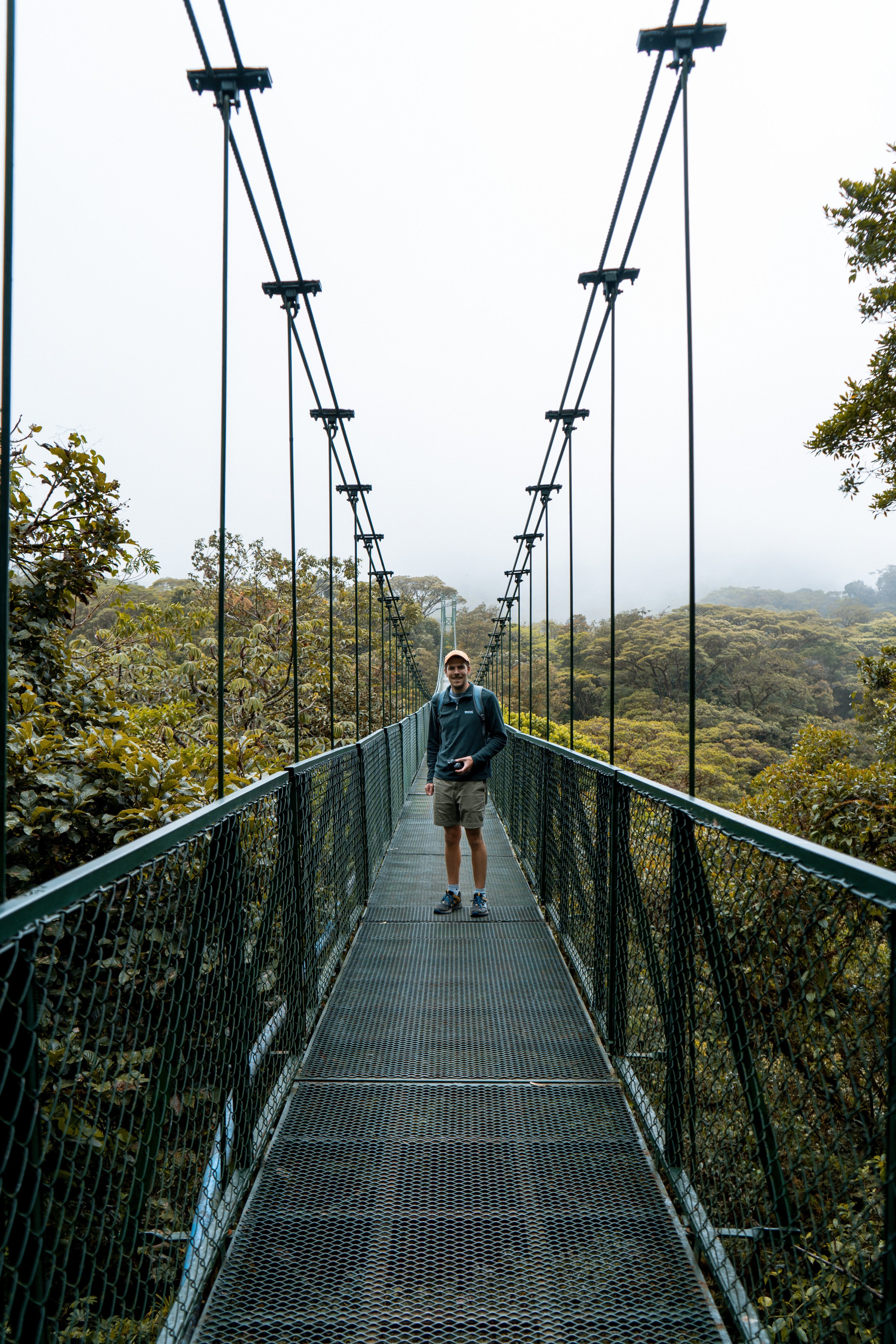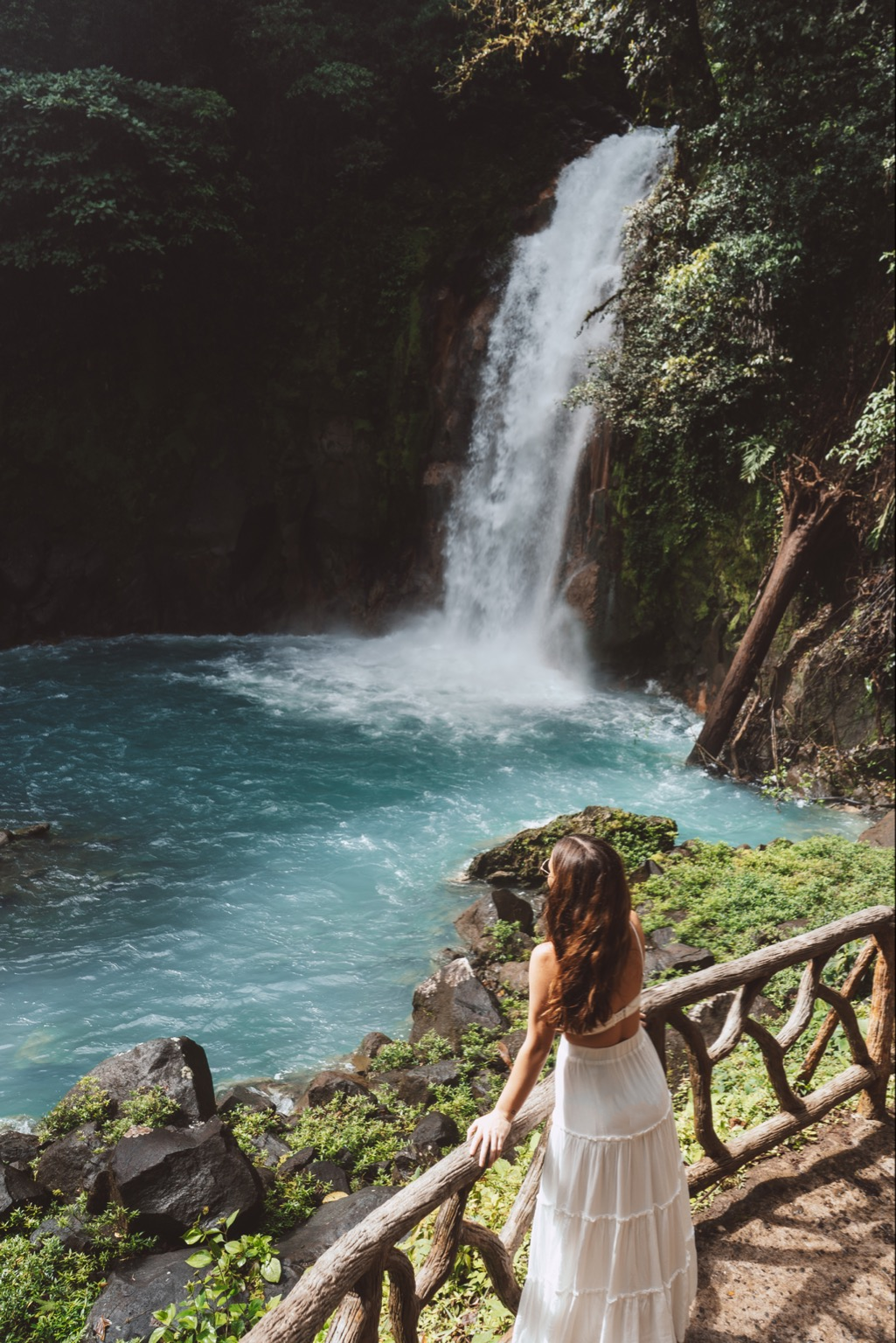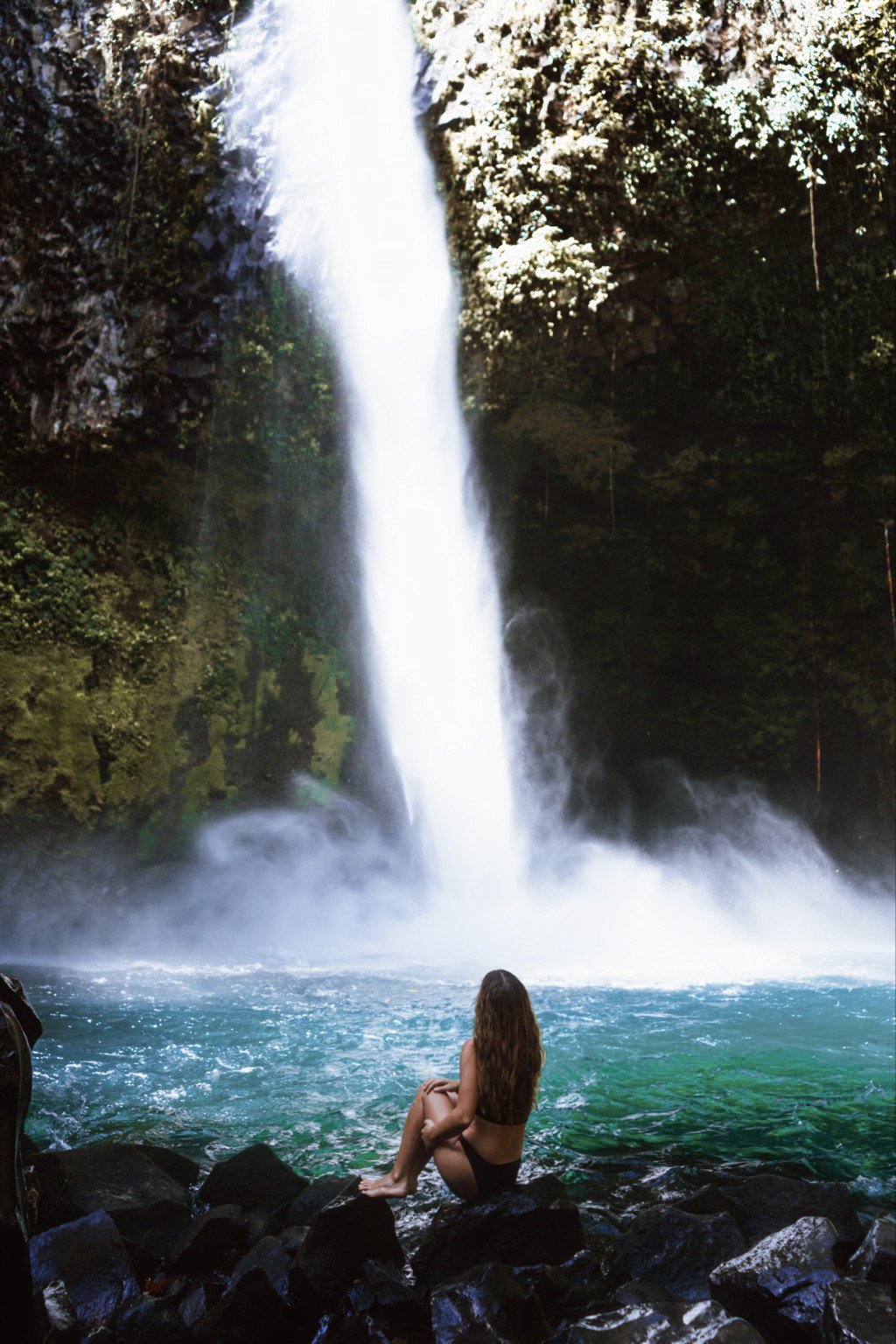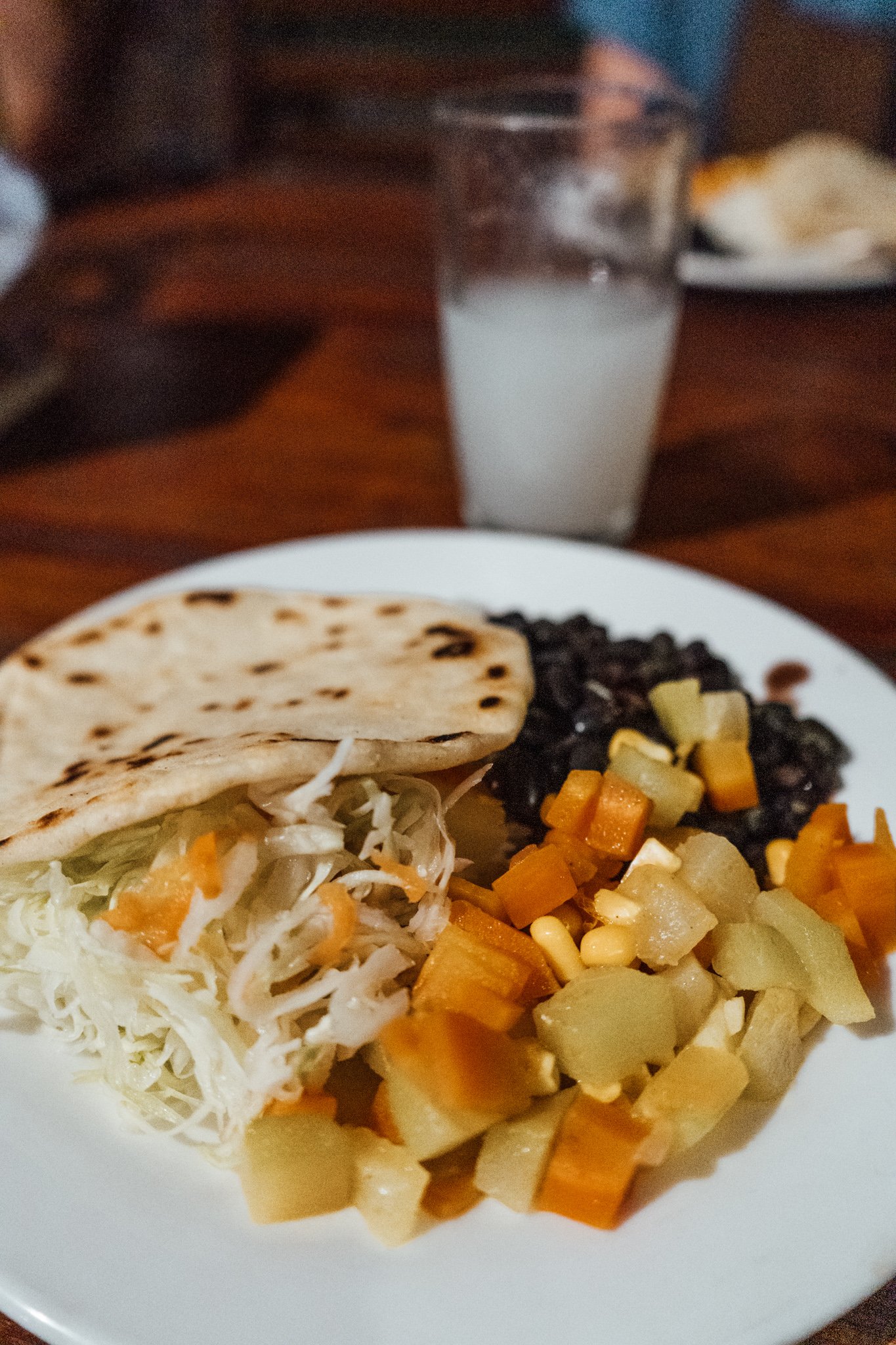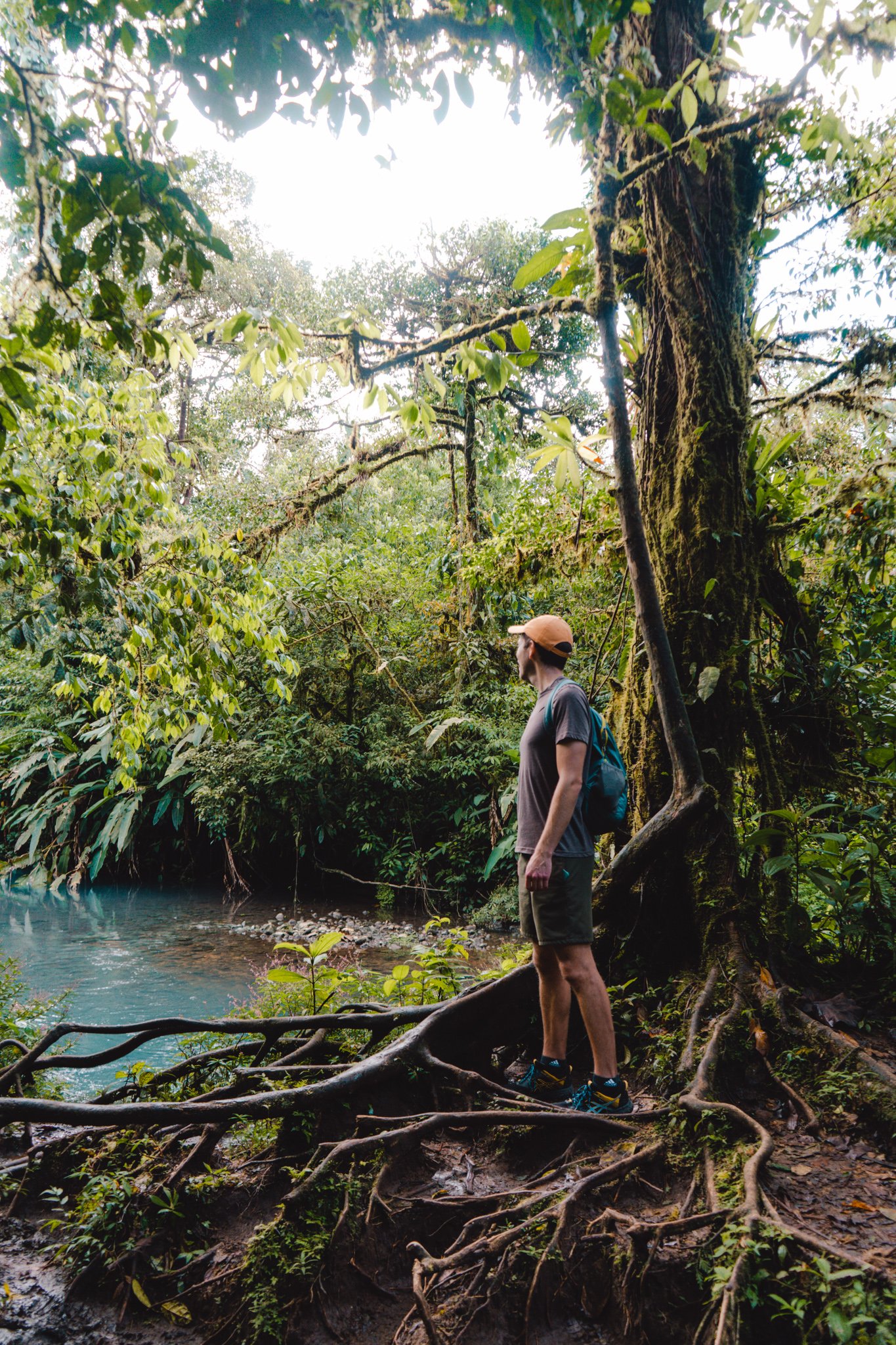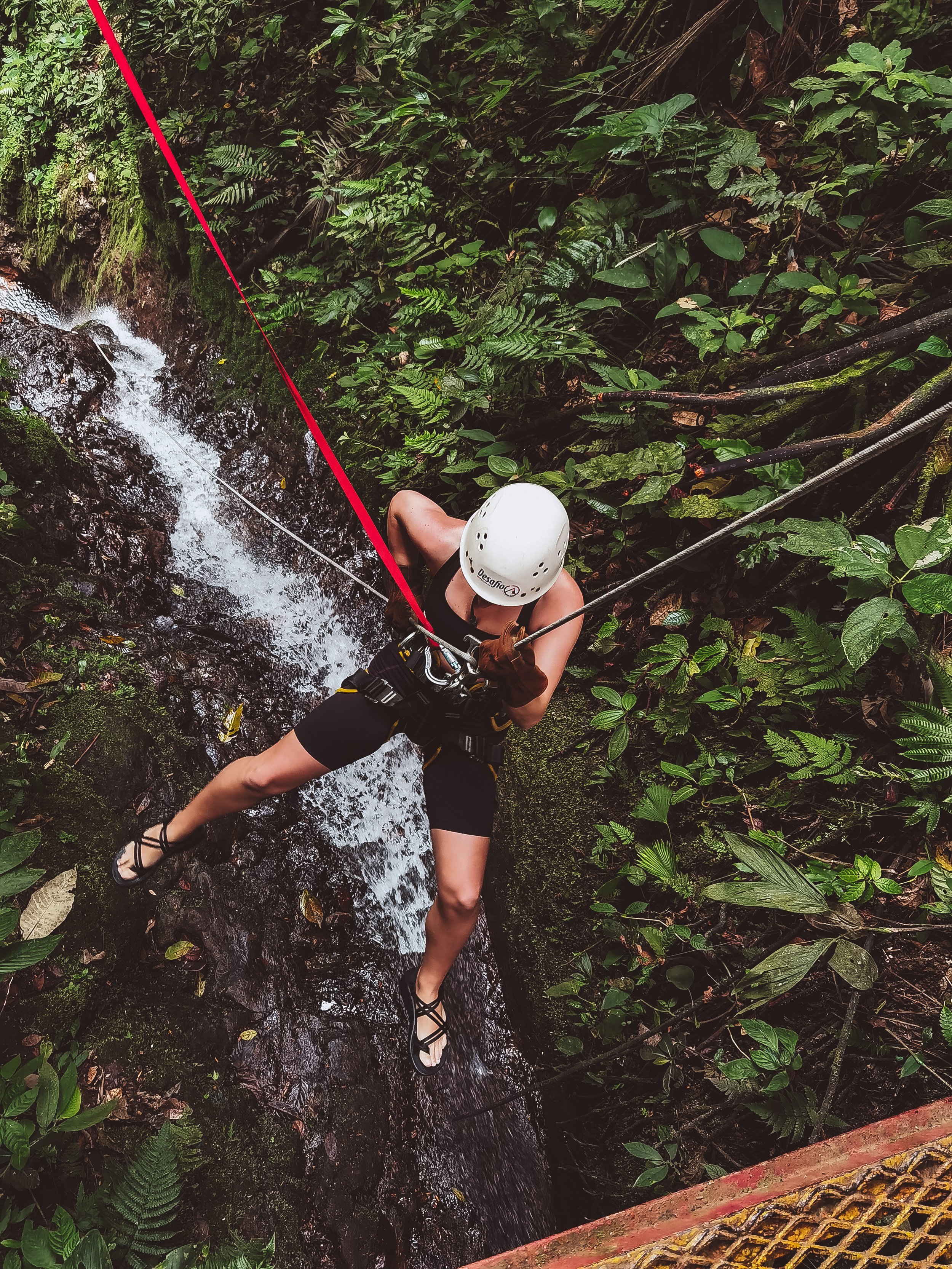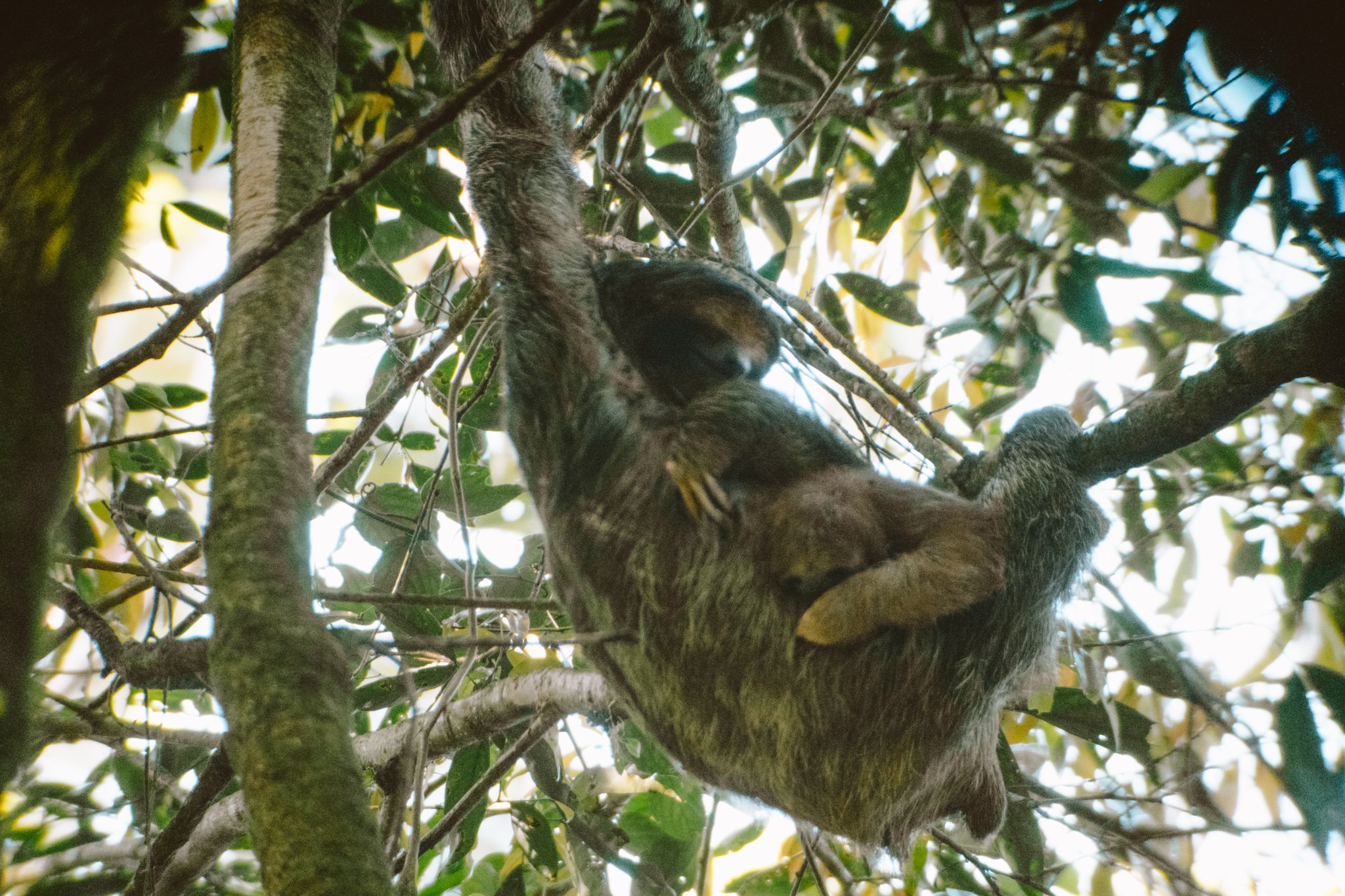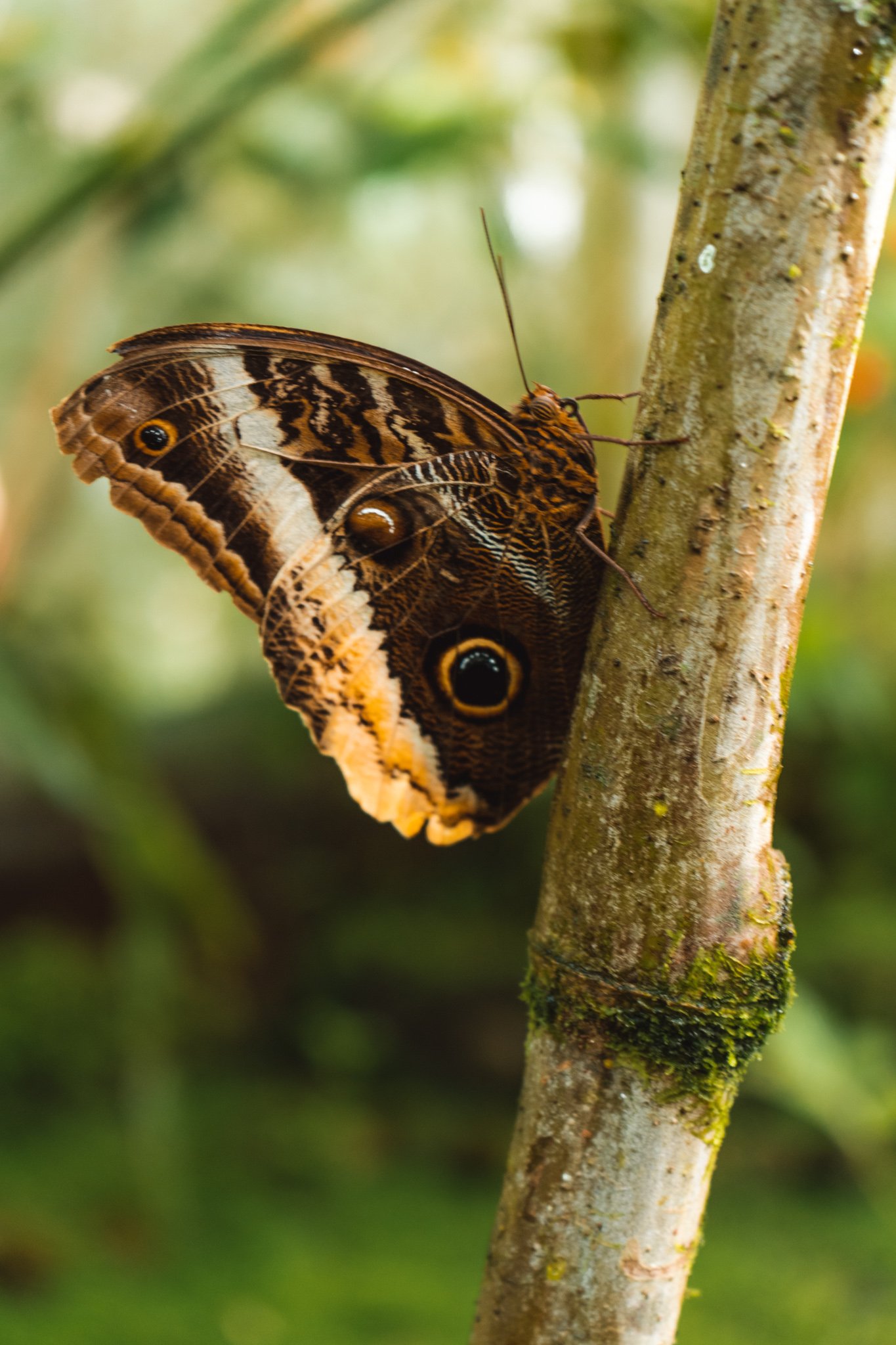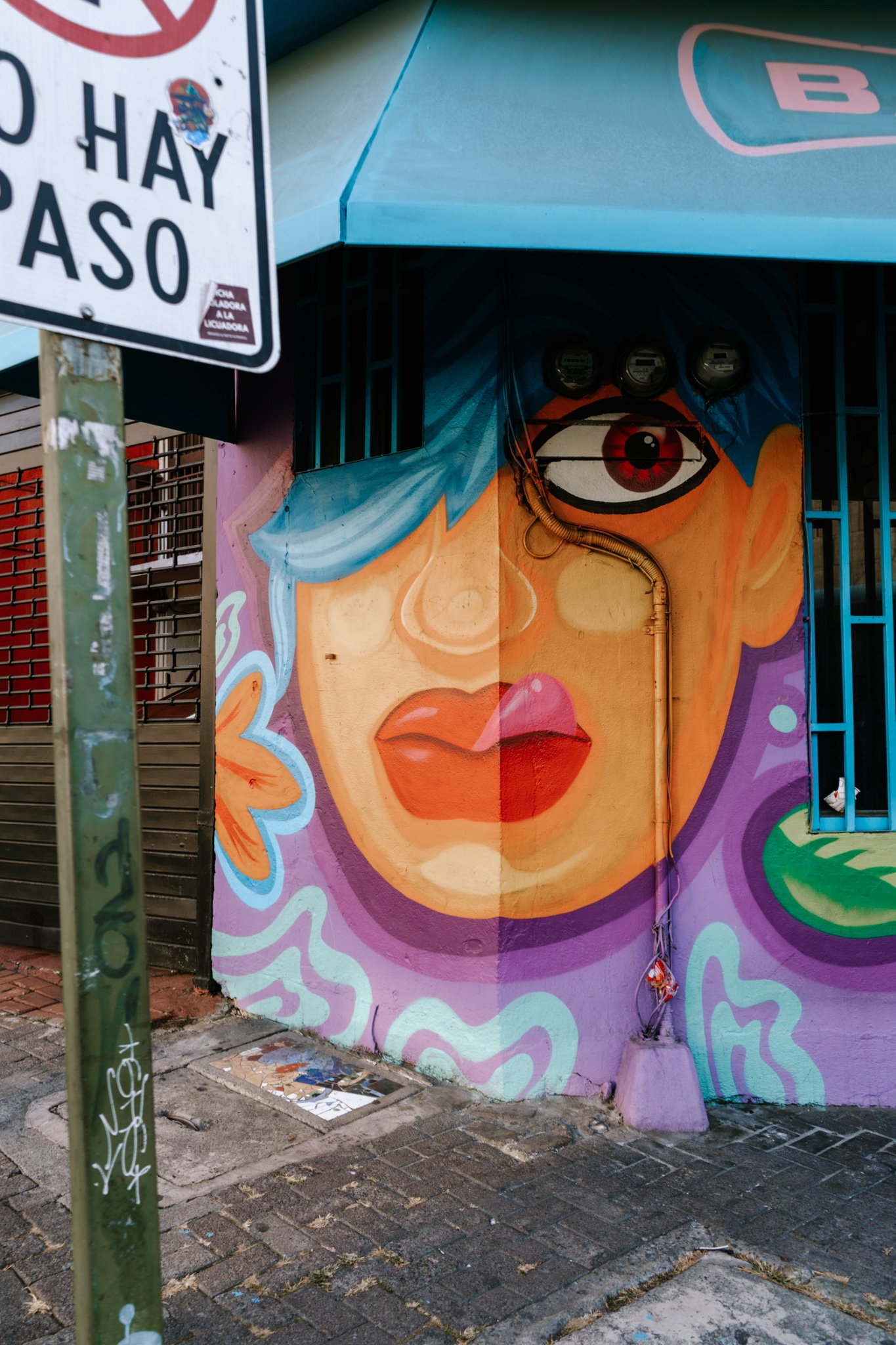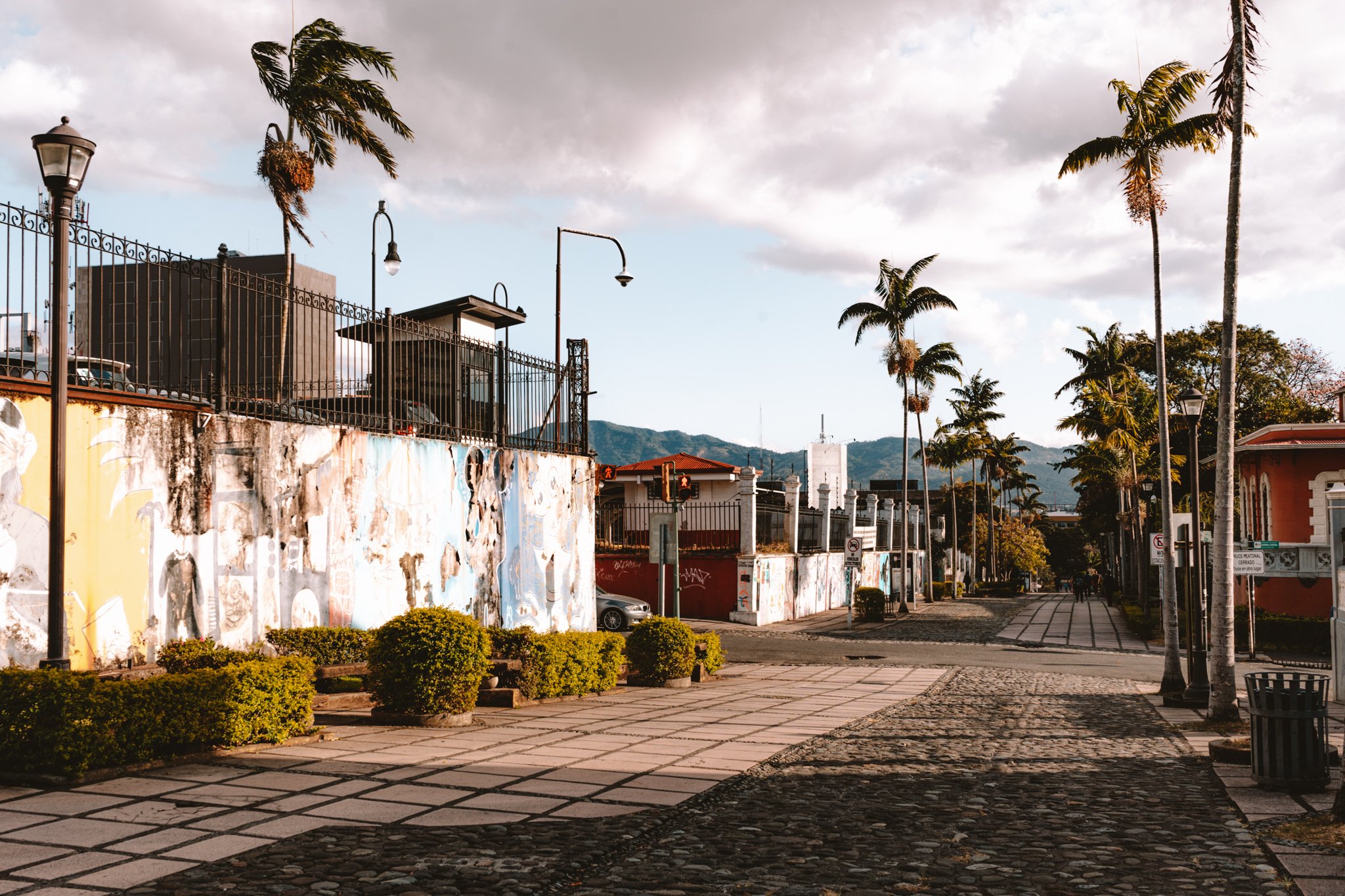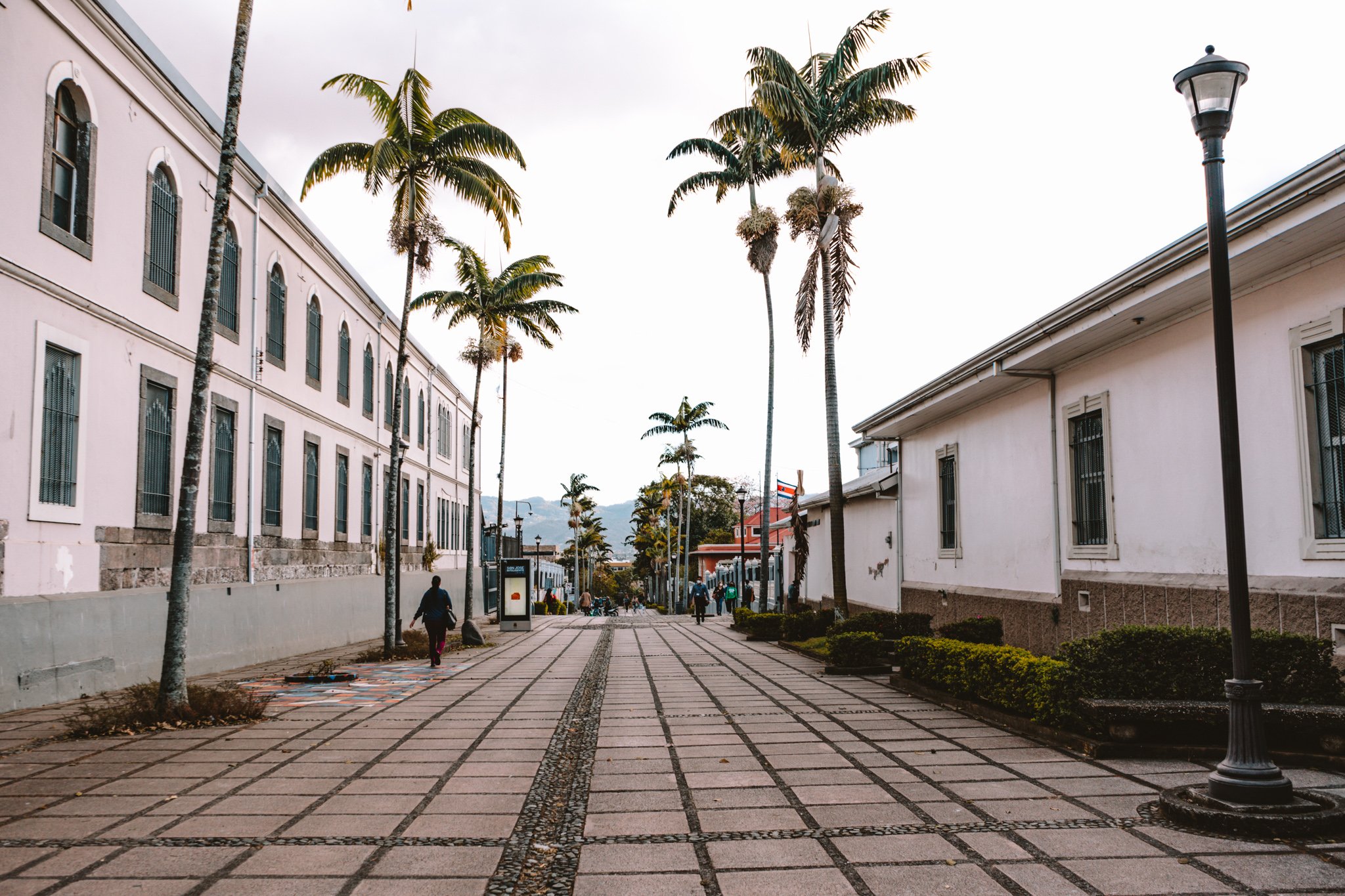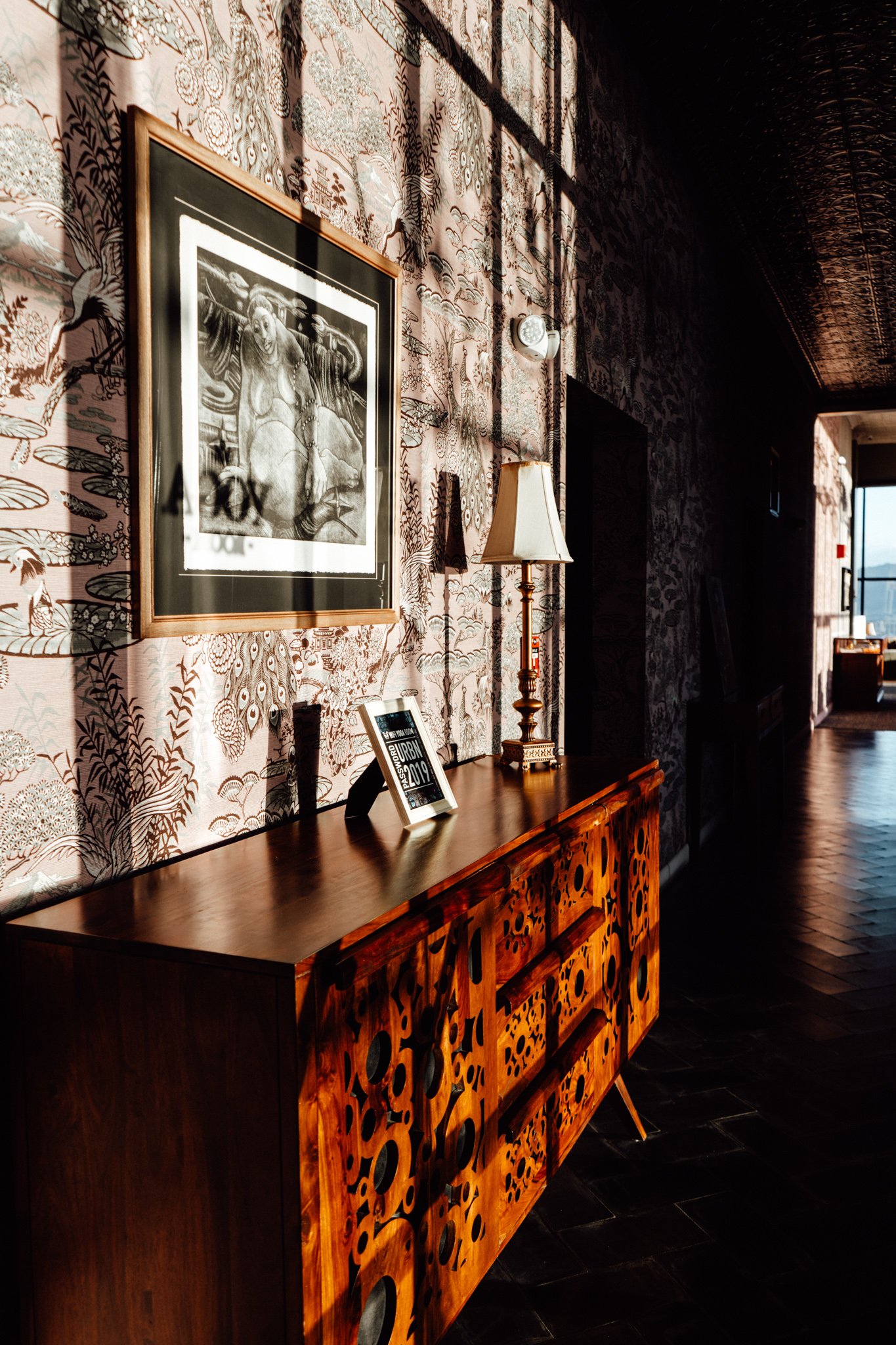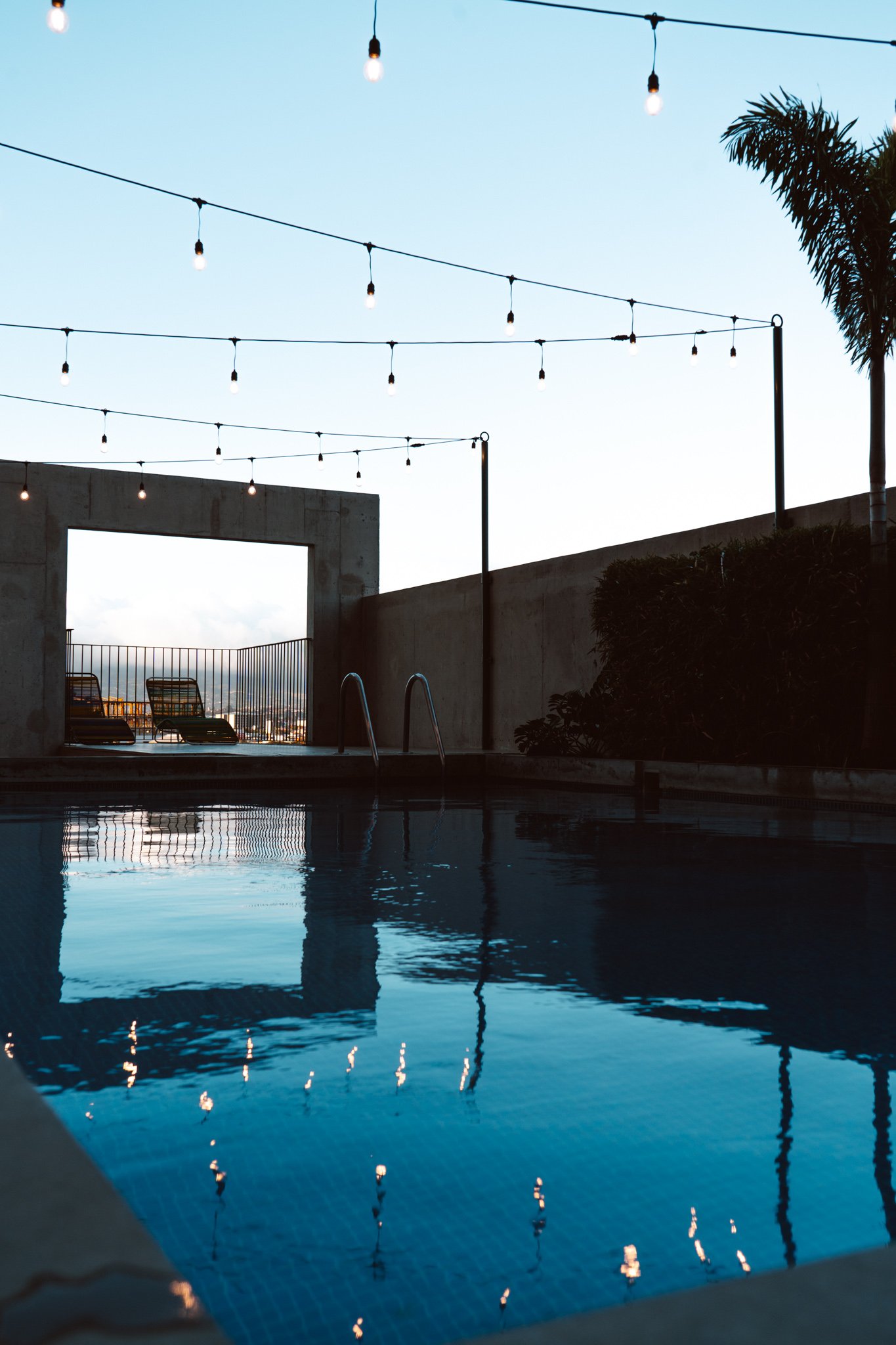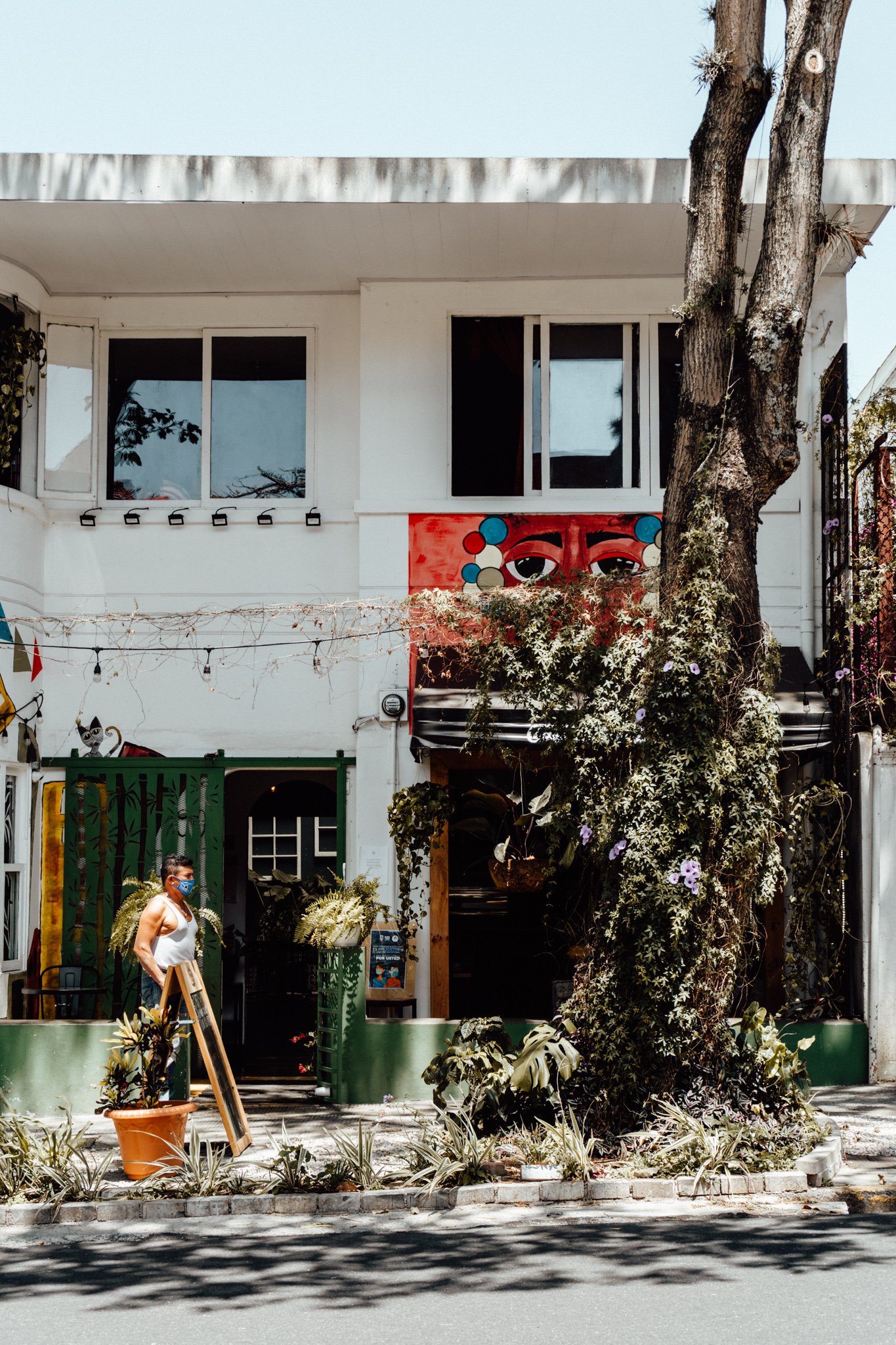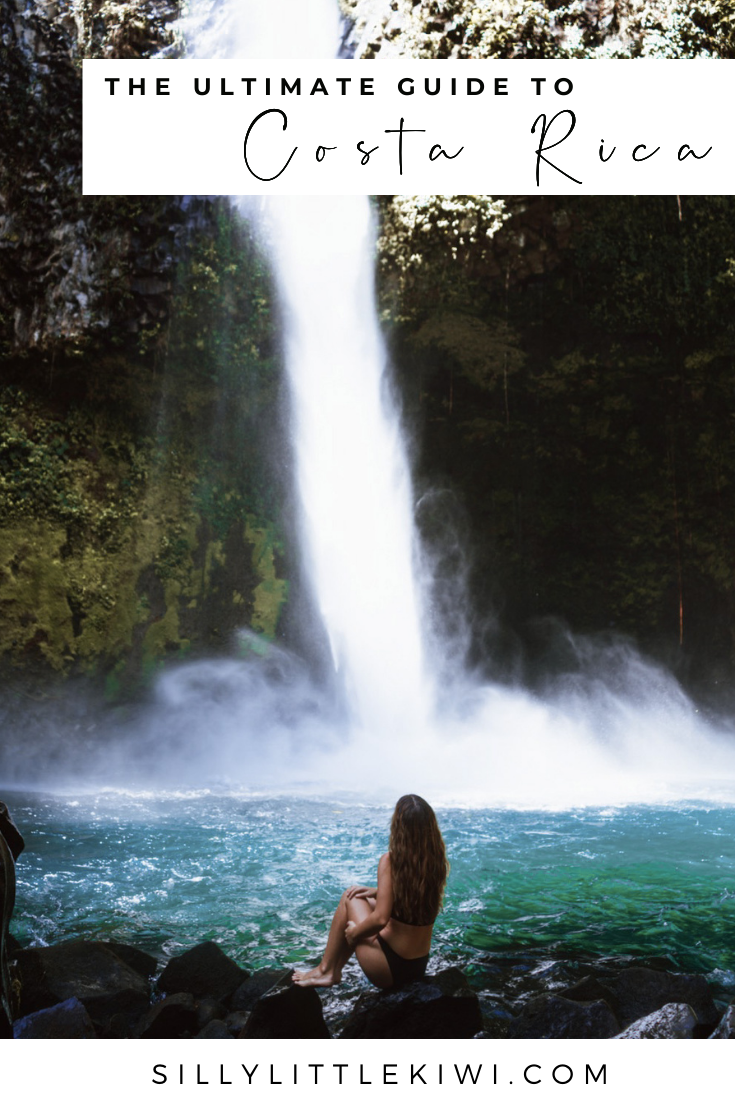2-week itinerary for Costa Rica: the ultimate Costa Rica travel guide with tips + planning resources
Embark on an unforgettable adventure through Costa Rica with this two-week itinerary. From exploring the Monteverde Cloud Forest to surfing on the beaches of Tamarindo, this itinerary offers a comprehensive guide to help you plan your dream trip to this tropical paradise.
Costa Rica is a popular destination for travellers of all sorts. Whether you’re seeking adventure, relaxation, or wildlife encounters, this well-planned itinerary will help you plan the perfect two-week adventure in Costa Rica. Along with a curated itinerary for two weeks in Costa Rica, this post covers everything from where to stay, what to eat, and what to do.
Famed for its jungle-swathed volcanoes and sloth-spotting, Costa Rica is a destination adored equally by thrill-seekers and leisure travellers. The surf is good, the sunsets are golden, and there are 27 National Parks to explore— it’s a true paradise for anyone looking to envelop themselves in a wealth of natural beauty. There’s so much to see and do throughout the Central American country, that planning a trip might feel overwhelming. That’s why I’ve created this mammoth guide and itinerary to be your one-stop resource for all things Costa Rica travel.
In this guide, you’ll find great places for your first visit to Costa Rica, how to get around, what to see and do in each location, where to eat, and more! More importantly, you’ll find my suggested two-week itinerary to make planning a breeze.
when is the best time to visit Costa Rica ↴
The best time to visit Costa Rica for warm weather is during the dry season, between December and April. This is when you’ll find yourself basking in loads of sunshine with less humidity! However, this is also when the crowds commence.
The rainy season is roughly from May to November, and during this time period, you can expect rain nearly every day. Sometimes it only drizzles, other days it pours. Booking a trip during the rainy season comes with the perk of cheaper flight, hotel, and tour prices, but it also means you’re taking a gamble with the weather. August through October is when you can expect the heaviest rainfall.
budget for Costa Rica ↴
Cost is relative, and I always say you can tweak your travels to work within your budget, however, it’s a well-known fact that Costa Rica is one of the most expensive countries in Central America. According to BudgetYourTrip.com (and backed by my own personal experience), Costa Rica is the second most expensive country in the region, behind Belize. You should plan to spend roughly USD $75 per day traveling in Costa Rica according to BYT’s calculations.
Our biggest surprise came with food costs. A meal out, even at the least expensive spots in the (admittedly tourist-heavy) towns included in this post would set us back easily USD $20 (per person). To make a quick comparison, in Mexico, we ate some of the most incredible meals we’ve ever had for less than USD $1. Groceries were a bit cheaper (though we did buy asparagus that set us back nearly USD $10, lol), but we firmly believe that, after the last two years, it’s more important than ever to find local mom-and-pop places to eat.
getting around Costa Rica ↴
AIR TRAVEL
Most international tourists enter Costa Rica by flying into San José. This is the country’s main airport and is located approximately 3-hours away from La Fortuna, one of the major destinations outlined in this post. Liberia also has an international airport and is relatively close to Tamarindo and the Pacific side of Costa Rica.
BOOKING A SHUTTLE VAN
We looked thoroughly at how to get from place to place within Costa Rica, and eventually, we ended up booking shuttle van services with Ride CR. Every Ride CR shuttle we took was punctual, clean, and had air conditioning. What we weren’t expecting, was that we would be the only people on all our transfers. I genuinely thought Luke booked private, but it simply turned out that way serendipitously. One of our transfers with Ride CR (from Monteverde to La Fortuna) took us in a shuttle bus to Lake Arenal, where we were then ferried across the water by boat, and picked up on the other side by another shuttle van who drove us a further 20-minutes to our accommodation.
RENTING A CAR
You can opt to rent a car in Costa Rica, but you’ll need to keep a few things in mind. The first is whether or not your itinerary includes roads that require 4WD. Many of the cool, off-the-beaten-tourist-path places throughout Costa Rica will require a vehicle with 4WD, but if you’re only planning on going from, say, San José to La Fortuna, you may be able to get away with a regular car hire. 95% of the destinations that tourists visit do not require 4WD, but it’s best to check.
If you’re planning on renting a car, Sunny Cars is highly-reputable, and there are no hidden fees with rentals. This was by far and away the rental company most commonly recommended to us.
Other things to consider before you rent a car in Costa Rica:
Most rental agreements prohibit off-roading, check your clause
Most rentals require at least USD $1,500 available on a credit card (not a debit card) for incidentals
Car rented from the airport may incur a 14% tax
You may not be able to rent a car with a debit card alone, most rental companies require a credit card or may charge you double
LOCAL BUS
Local bus transportation is a fantastically affordable way to get around the country, but we avoided it this trip for the sake of time. The buses in Costa Rica are owned by private companies. These private companies will operate certain areas in the country and they set rates, stops, routes and times. Buses are the most cost-effective way to get from place to place. For example, the three-hour journey from San José to La Fortuna costs only USD $5.
suggested 2-week itinerary for Costa Rica ↴
TAMARINDO: 2-3 days
Surfing by day, eating from beachy food trucks at night.
monteverde: 4 days
Go trekking and coffee tasting in the cloud forest,
la fortuna: 4-5 days
Spend your days in the adventure capital canyoneering, learning how to salsa, sloth spotting, and cooking traditional foods.
san josé: 3 days
Enjoy a day of whitewater rafting before settling into the urban oasis of San José’s museums and markets.
Tamarindo ↴
POPULATION: 6,400
Known by the locals as “Tama-gringo” due to its high concentration of tourists and expats, Tamarindo is a small surf town on the Pacific coast of Costa Rica. It’s the perfect place for a leisure getaway, and many Americans spend their winters working remotely in the area. Vegan food, surf lessons, and lots of sunshine make it a favourite amongst foreign visitors, who have begun to outnumber locals in recent years— another reason it’s important to support locally-owned shops and restaurants while you’re there. We didn’t know just how touristy Tamarindo was until we got there. Still, we were happy we spent our first week there, getting to know the lay of the land, soaking up sunshine, and preparing to see a less commercialized Costa Rica elsewhere.
getting around Tamarindo
Tamarindo is a small surf town, so it’s easily walkable and that’s exactly how I suggest you get around. There are taxis, but they tend to overcharge tourists (same as anywhere). Many tourists also opt to rent ATVs to get around, but the price is pretty steep at USD $35 per day with many rental companies charging a minimum number of days.
where to stay in Tamarindo
There are a LOT of great condos and apartments in Tamarindo for mid-range travelers. Luxury hotels and resorts also exist along the ocean coastline. Nothing is ultra far from the beach, so it’s not necessary in my opinion to spend on accommodation that’s right on the shore unless you just really want to.
Leora Pacifico Condominums
We booked a stay in a condominium estate to kick off our travels through Costa Rica. Our condo stay included the use of a gym, swimming pool, and tennis courts. While these were located a little further away from town than other accommodation, this insured peace and quiet at night since Tamarindo is known for having a bit of a party scene. You can book a stay at Leora Pacifico by searching on Airbnb here (this wasn’t the exact room we stayed in, but I couldn’t find our specific booking listed anymore).
SELINA HOSTEL
Selina Hostels are a trendy chain throughout the Americas and Europe. Across Costa Rica, Selina Hostels can be found in their signature style, offering a great base for digital nomads and remote workers. They even offer a long-term stay deal to those looking to co-live in Selina spaces. Selina Hostels offer a number of activities including yoga and movie nights for guests. You can choose between private rooms and shared dorms. Selina Tamarindo’s location (right on the beach) is ideal for those wanting to meet fellow travelers and spend as much time as possible on the beach. Book a stay at Selina Hostel here.
where to eat Tamarindo
Tamarindo had a variety of delicious food with loads of vegan, vegetarian, and gluten-free options available! We definitely didn’t go hungry here.
Best places to eat in Tamarindo:
Falafel Bar Tamarindo | Mediterranean food in a minimal-meets-bohemian setting
Jardin Tamarindo Food Truck Park | cuisine from Peru, Chile, Mexico, Uruguay, and more are found in this food truck park that features live music and is located just steps from the beach
Green Papaya | I’m still daydreaming about the vegetarian spicy enchiladas we had there, portions were huge and the food was incredibly flavourful
Tierra Bendita | Costa Rican cuisine that’s affordable and delicious, served in a bohemian beach setting
El Mercadito Gourmet Food + Cocktail Market | open-air food hall with lots of independent vendors selling everything from vegetarian burgers (according to Luke “the best he’s ever had”) to woodfire pizza and Peruvian ceviche
Breaking Bread | Touristy spot that plays into the Breaking Bad series’ recognition, but the breakfast bowls and coffee here were superb
what to see + do in Tamarindo
surf LESSONS WITH PABLO SURF SCHOOL
The reason most people find themselves in Tamarindo is for the beach. Arguably, it’s the only reason people find themselves there. We put it on our itinerary entirely for the surf. For USD $50 per person, we booked lessons that included board rental, rash guards (I brought my own), and 2-hours of instruction with Pablo, a Chilean native who started surfing as a child. He reckons Costa Rica’s waves are perfect for beginners who are working on their confidence, so don’t be afraid if it’s your first time out on a board! It was Luke’s first time surfing and he was hooked the minute he caught a wave.
Monteverde ↴
POPULATION: 4,200
Monteverde was our favourite destination in Costa Rica. We found the cloud forest and cooler temperatures the perfect combination for a true paradise. Santa Elena, the main town in Monteverde, is small and easy to get around. There were plenty of outdoor walks, ziplining, and hanging bridges to keep us busy, but the overall laidback vibe of Monteverde made it a relaxing second stop after the buzz of Tamarindo.
getting around Monteverde
We walked from our Airbnb accommodation to the main town, Santa Elena. Most activities include transportation to and from your accommodation, so getting around isn’t much of a bother. To get to the Cloud Forest Reserve, we booked a driver via WhatsApp who was recommended to us by our Airbnb host.
where to stay in Monteverde
Chira Glamping Monteverde
Chira Glamping was worth every single cent. I’m a glamping enthusiast and boutique hotel connoisseur of sorts, so we’ve stayed in some beautiful and unique accommodation around the world, but Chira really had me feeling blissed out. It was a magical part of our time in Costa Rica.
The check-in was seamless. Our bags were brought to our pod, as was our breakfast in the morning, which we enjoyed in the sunshine, dressed in fluffy complimentary robes. Our canvas pod came with. a space heater, velvet armchair, board games, a yoga mat, and a television equipped with Netflix. The memory foam mattress put me to sleep as the stars came out, right after we nibbled on our bedside vegan chocolates. There was a stunning view of the treetop canopy from our pod’s balcony. The outdoor kitchen was stocked with fruit and coffee in true Costa Rican fashion.
CASA VIOLETA
Our Airbnb stay in Monteverde was called Casa Violeta, a rustic locally-owned guesthouse in a quiet location. While we were a little out of town, we were also in a quiet place that was perfect for respite and recovery after long days spent hiking. There were restaurants just down the road from us, as well as a supermarket. Most of our activities included transportation, so we didn’t have to worry about being centrally located. The rustic Casa Violeta had a small kitchen, decent WiFi for working, and a cosy bedroom with just enough space for a bed. The wood-paneled walls seemed to echo the exterior forest surroundings, and we both found the space calming.
where to eat Monteverde
There are a lot of restaurants in Monteverde, however, not all of them rate. For instance, the famed Treehouse Café while great for its atmosphere serves less than average tasting food. I’ve shared my personal favourite Monteverde eateries that serve flavourful food.
Best places to eat in Monteverde:
Restaurante de Lucia | not many vegetarian options available, but a delicious veggie lasagna is on the menu
Taco Taco Taqueria | lunch meal deals for budget travelers, not too many veggie options (the vegetarian tacos were a little lacking in flavour)
Restaurante Thomas + Thiago | romantic ambiance, locally-owned, large portions, try the chocolate lava cake
Restaurante Don Luis | delicious woodfired pizza accompanied by live music at dinner
Choco Café | great smoothies, filling salads, and rich hot chocolates
Tortillas Food + Drink | Great vegan options, highly recommend the “sopa Azteca" with avocado and tortilla chips
Valle Escondido Nature Reserve Farm to Table | food grown sustainably, seasonal menu
The Open Kitchen | incredible brunch menu that is filled with locally-grown produce and vegetarian options, the best coffee I had anywhere in Costa Rica
what to see + do in Monteverde
Selvatura Park
We booked a visit to Selvatura Park wayyyy last minute, but I’m really glad that I did. We did the Sloth Sanctuary tour, which takes small groups a few times a day through a sanctuary complex where sloths who have been injured roam freely and are rehabilitated. For instance, one of the sloths had a “dead limb” due to being hit by something large (possibly a car) and was therefore unable to climb trees properly. Many sloths are also taken as pets and then released alongside the road when their owners bore of them. After our sloth visit, we made our way to the hanging bridges on a 4km walk through the cloud forest canopy. Some of the bridges were incredibly long and swung in the wind, but the views were worth the scary walk across.
Massage at Monteverde Massage
Until COVID hit, Monteverde Massage was once a thriving spa in the heart of Santa Elena’s downtown. Now, it’s run by a woman and her daughter out of their home. My massage was rejuvenated my tired bones after days spent hiking. My hour long massage was a happy blur of bones popping and muscles finally unknotting. The owner offers transportation. toand from the massage spa if you book via What’sApp!
Monteverde Cloud Forest Reserve
The Monteverde Cloud Forest Reserve is open from 7 AM until 4 PM daily, but gets crowded around 8 AM when the tours show up, so plan to go early. The weather changes quickly in the cloud forest environment— bring a rain jacket! It’s popular for a reason: cloud forests make up only 1% of the forests worldwide. Trails inside the reserve are clearly marked and there are plenty of birds and insects to spot.
Self-guided tickets cost USD $25 per person, but there are student discounts. A guided tour will help you spot animals. You can catch a local bus to the reserve from the Banco Nacional in Santa Elena at 6:15 AM, 7:20 AM, and 1:15 PM. Return buses leave the cloud forest at 11:30 AM, 2:00 PM, and 4:00 PM. The bus costs USD $1 each way.
NIGHT WALK AT VALLE ESCONDIDO NATURE RESERVE
A quirkier take on a jungle hike is a night walk, where you’ll be guided through the cloud forest by a local naturalist who explains the nocturnal creatures making home in the cloud forest. We highly recommend booking a tour with Valle Escondido Nature Reserve. They promote sustainability and On our 1.5 hour night walk, we saw lizards, frogs, a Mexican porcupine, green toucans, and other various birds native to the area.
ZIPLINE WITH 100% ADVENTURA
We booked a ziplining excursion with 100% Adventura and I’m so thankful we did! The course is comprised of 10 ziplines and finishes with an optional “Tarzan swing” (mini bungee). One of the ziplines is “the longest in Latin America” according to the tour company. Our booking also included transportation to and from the ziplining.
NOTE: Masks are currently required when ziplining, unless otherwise instructed to insure the safety of the staff.
hike El Tigre Waterfalls
You can hike the 8km trail hike without a guide. It’s a well-marked path, though there are tricky sections, and I recommend a self-guided trek is absolutely recommended. Entrance to the hike trailhead costs USD $29 per person and includes a coffee or juice. There is no phone service along the trails. The property of El Tigre Waterfalls is located about 10 km (6.2 miles) away from Santa Elena town. Google Maps may show you two different ways to reach El Tigre: either the “Los Olivos” route or “Las Nubes” route. The drive takes about 30 minutes from town. If you don’t have a rental car, you can request a pickup/drop-off service from El Tigre for an added cost of USD $10 per person. However, if you have a car of your own, there is free parking available near the reception office.
La Fortuna ↴
POPULATION: 15,500
We arrived in La Fortuna as the sun was setting. The buzzing town is set against a volcanic backdrop, with views of Arenal as its visual centerpiece. Filled with trendy cafés and adrenaline-packed things to do, La Fortuna is the place for thrill-seekers.
getting around La Fortuna
While La Fortuna town is easily walkable, many of the activities I recommend in this post are in remote locations or the wider La Fortuna area. Public transportation isn’t always an option, so renting a car is easiest. However, we found that many tour operators (like Red Lava and Desafio) offer free transportation to and from activities, making a rental car unnecessary.
where to stay in La Fortuna
ARRABIGOS COFFEE SHOP AIRBNB
There are a number of hostels and resorts throughout La Fortuna town that are well-reviewed and well-located. However, we thoroughly recommend our Airbnb above Arrabigos Coffee Shop. It was fantastically located (above a coffee shop and across the road from a supermarket), and communication with the owner was quick. We had our own washing machine, which came in handy after weeks of holding onto dirty laundry, and ample space to hang dry everything.
where to eat in La Fortuna
La Fortuna town has many food options, from local to Chinese, pizza to sushi. Whatever you’re in the mood for, you’re likely to find something to quell your appetite in La Fortuna. We’ve listed our favourites below!
Best places to eat in La Fortuna:
Organico Fortuna | great coffee and heaps of healthy, gluten-free, and vegan options
Jungle Bowls | smoothie bowls
Soda la Hormiga | Costa Rican cuisine including casados
Yellow Bark | delicious veggie burgers made from local ingredients
India Curry House | delicious curry and great vegetarian options
what to see + do in La Fortuna
DAY TRIP WITH RED LAVA TOURS
Typically, we aren’t “tour” people. We feel like we can see everything we want, at our own pace, often for cheaper, if we do it ourselves. We also like having the freedom to explore how we want. However, Red Lava Tours was highly-recommended as the way to explore hiking trails, waterfalls, and hot springs in the area in one go.
SOAK IN HOT SPRINGS
The geothermal activity in La Fortuna makes it a prime place for hot springs! There are a number of hot springs to choose from, but they are typically attached to a hotel or resort that will make you purchase a day pass for access to the springs. There are some free hot springs, however, including the springs right next to the Tabacon Resort. Because they’re free, there aren’t any changing rooms, towels, or lockers. The hot springs attached to Tabacon are paid access only, and it’s a steep USD $70 for a half-day pass. Our hot spring soak was included in our Red Lava tour and was the perfect way to end a day of hiking.
HIKE UP THE ARENAL 1968 TRAIL
The Arenal 1968 trail winds through the forest, leading to an epic lookout that makes for some phenomenal photos. The walk to and from the viewpoint takes a little less than 2 hours if you are walking at a light and leisurely pace. This hike is included in the aforementioned Red Lava Tours, but you can definitely navigate it on your own. However, be mindful of the many venomous snakes that live on the trails and watch out for jaguars that have been spotted by tourists as night falls.
visit the many nearby waterfalls
La Fortuna is known for its waterfalls, hot springs, and volcanic surroundings. There are many nearby waterfalls that can either be visited as part of a tour or on your own time. Here are my favourite waterfalls you simply can’t miss:
La Fortuna Waterfall | Open from 7 AM – 5 PM and costs USD $18 per person. The entry price includes parking and access to toilets, restaurants, and the orchid garden. The money directly contributes to park improvements and conservation.
Río Celeste | Entrance is USD $12 per person, and there is no direct public transport to the waterfall, so you’ll need to book a car.
traditional cooking classes
We were kindly hosted by DeSafio Adventure Co. for a night of traditional cooking classes. We were picked up from our accommodation and driven to their base, near the El Salto swing. Here, we were greeted by a young woman who proceeded to teach us how to cook a traditional casado— a meal of vegetables, rice, beans (and chicken for the non-vegetarians). This Costa Rican staple is flavourful, healthy, and filling. Learning how to cook the Costa Rican way was super interesting and the meal was simple enough that I felt like I could easily take the recipe home and recreate it in my own kitchen. Cooking classes cost USD $55 per person and the class lasts 2.5 hours. Book yours here.
Disclosure: We were guests of DeSafio Adventure Co. However, as always, all my opinions are my own and my experience is expressed authentically.
El Salto Rope Swing
“Salto” translates from Spanish to mean “jump” in English, and this rope swing in La Fortuna is the perfect place to jump into refreshing blue waters. The El Salto rope swing is located just on the side of the bridge in town— you can’t miss it! You’ll likely see heaps of people along the banks of the river. It’s free to swing, but be careful of putting your valuables with you— it’s a known spot for bad tourists to steal things.
salsa dance lesson
We signed up for 2-hours of salsa dance lessons with DeSafio Adventure Co. and had the best night out! The instructor was patient and broke down variations of salsa for us to learn. The group was relatively small, so it was easy to get one-on-one instruction. This cost us USD $45 per person, but I find dance lessons are something you pay for once and take with you forever!
PEEP SLOTHS AT bogarin trail
Just on the outskirts of La Fortuna Entrance is USD $15 per person for a self-guided tour, but trust me when I say you are going to want to pay for a local guide who can spot the sloths in the canopy. This area is protected and was bought to preserve the land from being developed. There is a 1.5-mile looping trail that winds through the forest, where an estimated 20 sloths call home. We saw 11 of them thanks to our naturalist guide and his binoculars. We also saw toucans, giant squirrels, snakes, and more. For more information, stop by the trail reception which is open every day from 7 AM to 5 PM.
GO CANYONING
Once again, we teamed up with DeSafio Adventure Co. for an afternoon— this time for canyoning. Canyoning is where you essentially rappel backward off cliffs, into narrow canyons, or over waterfalls. The excursion includes safety instruction, transportation, lunch, and hours of canyoning. Book your canyoning experience with DeSafio Adventure Co. here.
Disclosure: We were guests of DeSafio Adventure Co. However, as always, all my opinions are my own and my experience is expressed authentically.
San José ↴
POPULATION: 340,000
I admit that I had totally written San José off. It was going to be a week spent working and using our (seriously rad) Airbnb’s gym. However, it took only a walk around our apartment building neighborhood for me and Luke to realize that the Costa Rican capital city was more than we had initially assumed. San José is home to a wealth of culture, art, and history. It’s filled with museums, parks, plazas, and restaurants. The city itself feels vibrant and modern while maintaining its World War II-era buildings.
getting around San José
All the major attractions were walkable from our accommodation (in the Barrio Escalante neighborhood). The city also has a public transport system that includes a network of buses and trains.
where to stay in San José
urbn escalante
URBN Escalante is without question one of the funkiest, coolest places we’ve ever stayed. The URBN apartment building is in the middle of Barrio Escalante, a thriving neighborhood filled with art, restaurants, and only a 5-minute walk from the city center. It’s an absolutely ideal spot to base yourself for remote work, given all the free WiFi and meeting areas. The decor is super funky, and there’s an on-site pool and gym that make self-care and exercise easy to prioritize.
where to eat San José
In San José, we found ourselves eating out for dinner and making lunches at home thanks to nearby supermarkets. I recommend buying groceries from Midday walks naturally lent themselves to coffee stops and in the evening we always found alfresco dining.
Best places to eat in San José:
Jardin Lolita | open-air food market with everything from Lebanese food to pizza
Indian Palace | delicious curry with plentiful vegan options available, highly recommend the Dal Makhani
Dulce Junio Café | delicious brunch options and great coffee
Cafeoteca | fabulous, fair trade coffee offered in a variety of ways, including manual and cold brew
what to see + do in San José
As far as things to see and do in San José, I felt like most of the big-ticket items could be knocked out in a couple of days if you were short on time. We enjoyed the city, but wouldn’t base ourselves here unless we were primarily working remotely with exploring being a secondary priority.
white water rafting the río pacuare
I’ve rafted multiple rivers around the world, but Costa Rica and Río Pacuare ranks highly in my book as some of the best rapids I’ve ever navigated. We booked a single-day raft trip with Exploradores Outdoors. They are highly reputable and their safety record is impeccable. Our booking included early morning pick up from our accommodation, breakfast, 4-hours of rafting, lunch, showers, transport back to your accommodation. It also included pre-raft safety instruction, helmets, and lifejackets. You can book your own white water adventure here.
visit the museo de nacional costa rica
I found the National Museum of Costa Rica to be incredible value for money! At USD $8 per person for entry, the museum is a great budget-friendly way to escape the heat for a few hours. You enter through a miniature butterfly garden, complete with placards that outline the importance of butterflies on the Costa Rican ecosystem.
Café hop
Costa Rica is known for its coffee! San José, like many of the other places we found ourselves in, was ideally suited for café hopping thanks to its abundance and variety of cafés. The capital city would be a great place for remote workers to base themselves, as there are so many cafés for co-working with fantastic WiFi.
wander through SAN JOSÉ central market
The sights and sounds of San José’s Central Market are not to be missed. Inside the noisy maze of vendors, you’ll discover everything from fresh produce to ribbons and fabric. There are a number of restaurants inside the market serving local Costa Rican fare at relatively low prices.
HOT TIP: Consider wearing a face mask, as the market is very busy but walking space is narrow.
map ↴
Find everything you need for the ultimate 2-week itinerary in Costa Rica on the map below.
